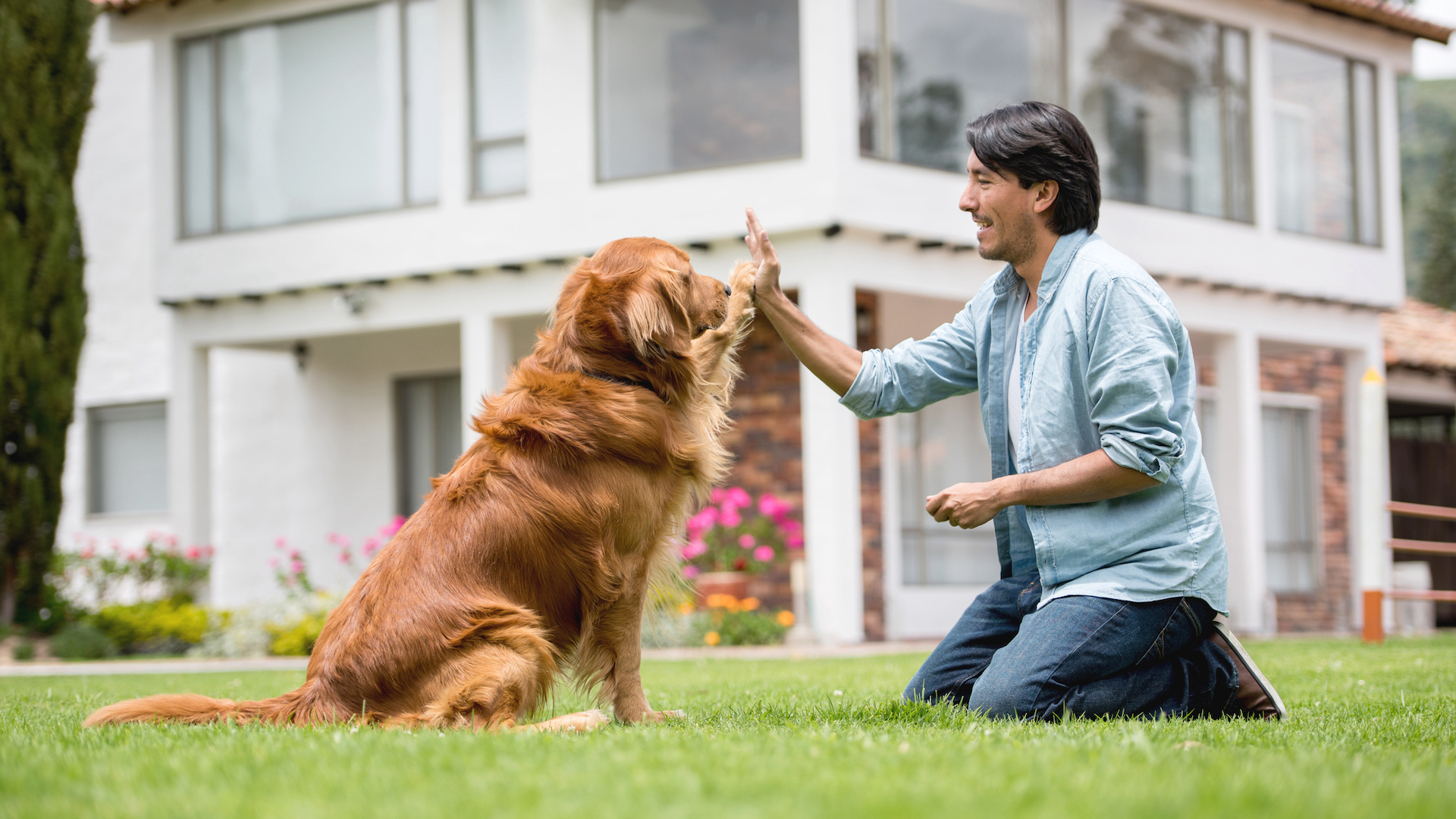
Improving your relationship with your dog is important for several reasons, including fostering a strong bond that benefits you both. Remember, above all, that a dog is a dog, and so anthropomorphizing your relationship is likely to be confusing. But with some canine intuition, you can develop a mutually beneficial understanding that will bring out the best in both of you.
Firstly, a positive and close relationship with your dog enhances communication and understanding. Dogs are highly perceptive animals that rely on cues and signals to navigate their environment. By investing time and effort into building a deeper connection, you can better interpret your dog’s needs, emotions, and behaviors. This will boost your training sessions and minimise misunderstandings.
Additionally, a strong bond with your dog is profoundly rewarding on an emotional level. Dogs are known for their loyalty, companionship, and unconditional love. Building a solid relationship not only enriches your pet’s life but also contributes to your well-being. The companionship of a well-connected dog can provide emotional support, reduce stress, and elevate overall happiness.
Let’s take a look at some of the ways we can boost the human-canine relationship. The likelihood is that as a responsible dog owner, you are already nailing many of these skills, but we are always striving to be the best we can be for man’s or woman's best friend.
32 ways for improving your relationship with your dog
1. Spend quality time together
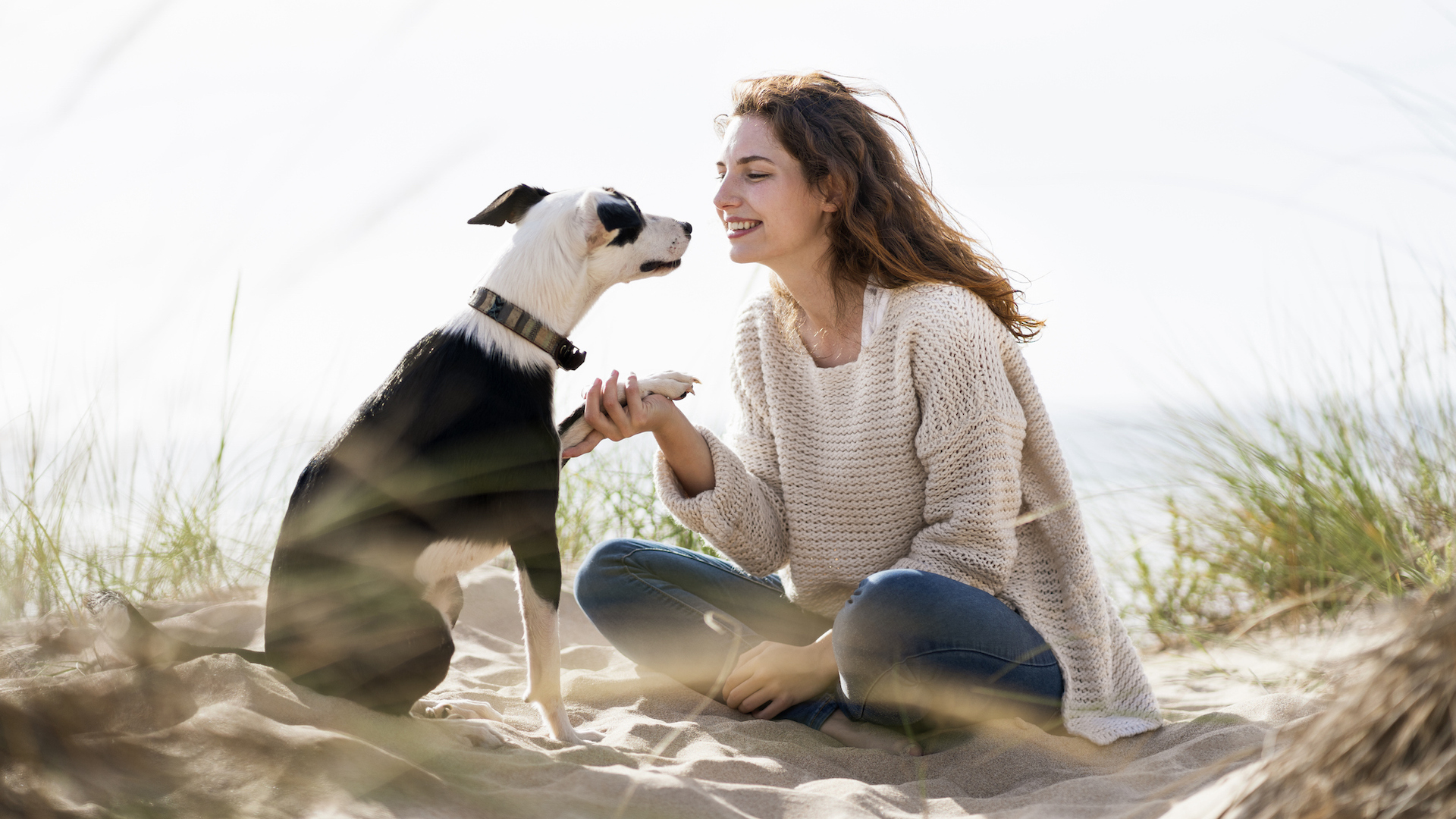
Our dogs just love us to be around – but that time can also be productive because spending time actively doing things together strengthens the bond between dog and human. The quality time invested in activities, walks, and play. Knowing how to play with a dog not only contributes to our dogs’ physical and mental well-being but also enhances communication and understanding.
2. Positive reinforcement
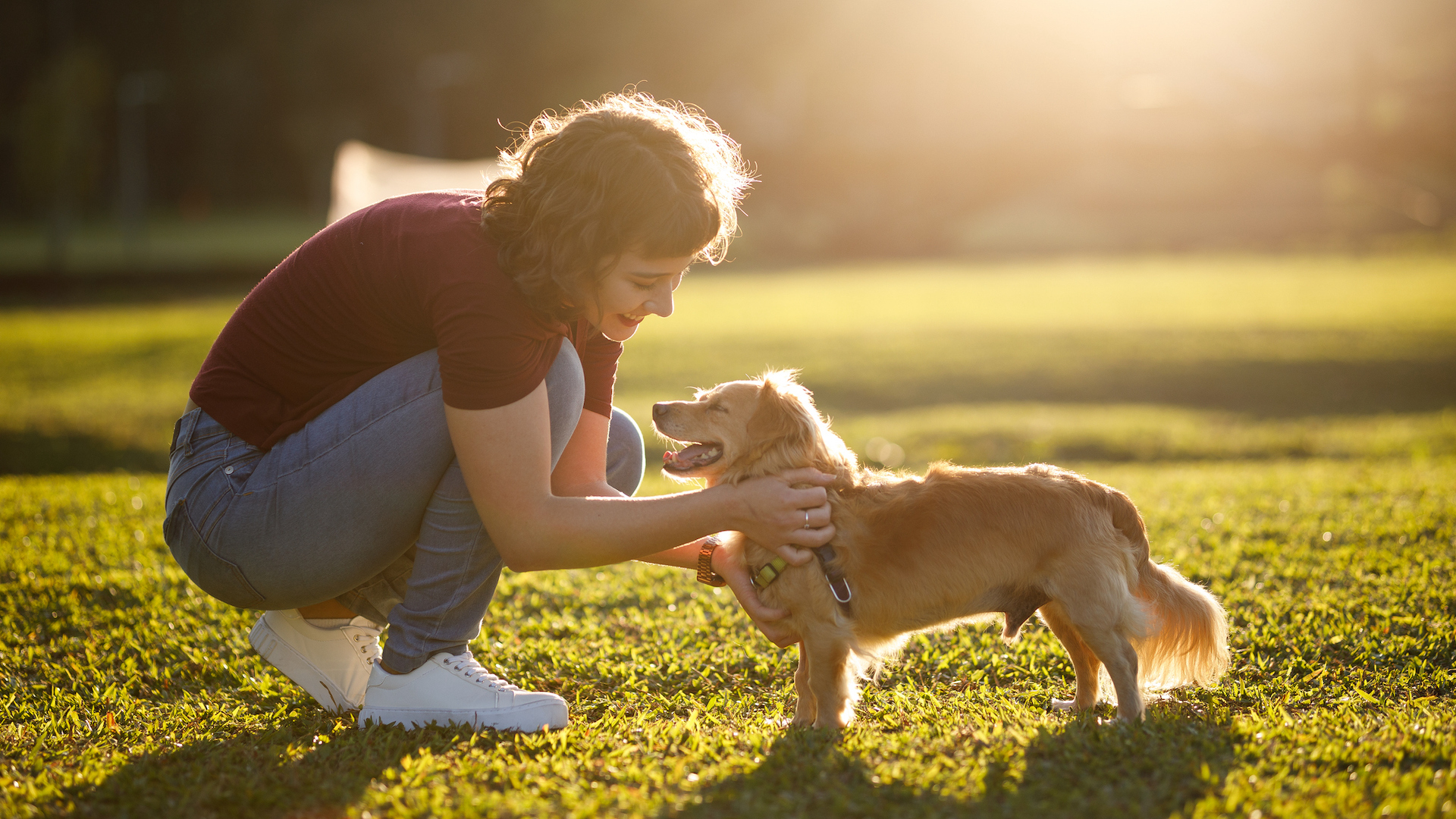
Positive reinforcement is profoundly beneficial to the relationship between a dog and its owner. By rewarding desirable behaviors with treats, praise, or affection, the dog associates those behaviors with positive experiences, strengthening the bond of trust and understanding.
This approach fosters a cooperative and communicative dynamic, where the dog is motivated to repeat behaviors that lead to positive outcomes. Not only does positive reinforcement enhance the learning process and make training more effective, but it also creates a positive and joyful atmosphere within the relationship. The dog feels secure, valued, and eager to engage with its owner, strengthening the bond.
3. Consistency
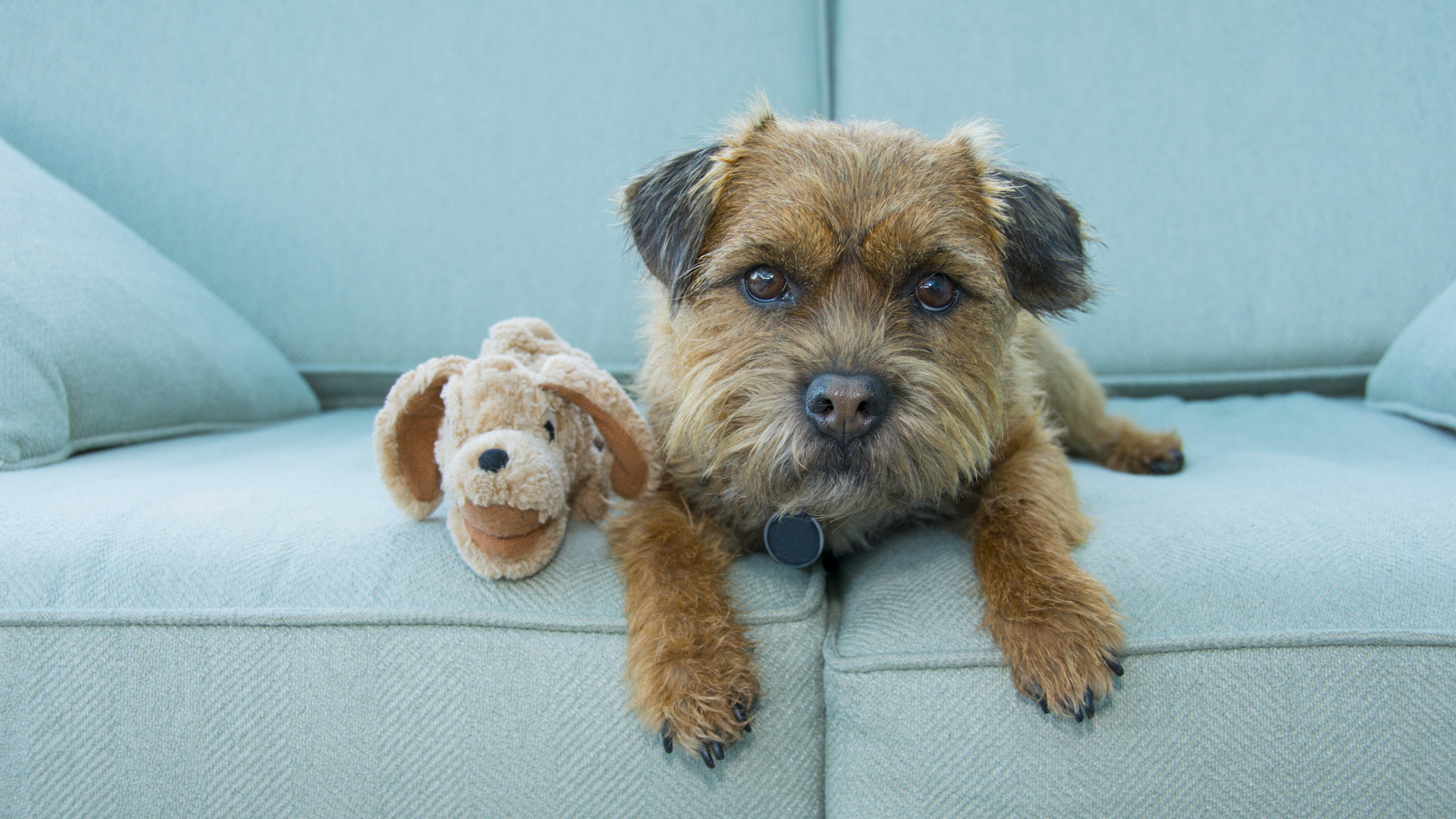
Consistency in both training and sticking to your house rules is crucial for developing a strong and positive relationship between a dog and its owner. It establishes clear communication, reinforces desired behaviors, and creates a sense of structure and predictability for your dog.
Consistency builds trust and confidence in the dog, as they can rely on a stable environment and not misunderstand you when you chop and change your rules – for example, sometimes they are allowed to jump on the couch; other times they are reprimanded.
4. Learn canine body language
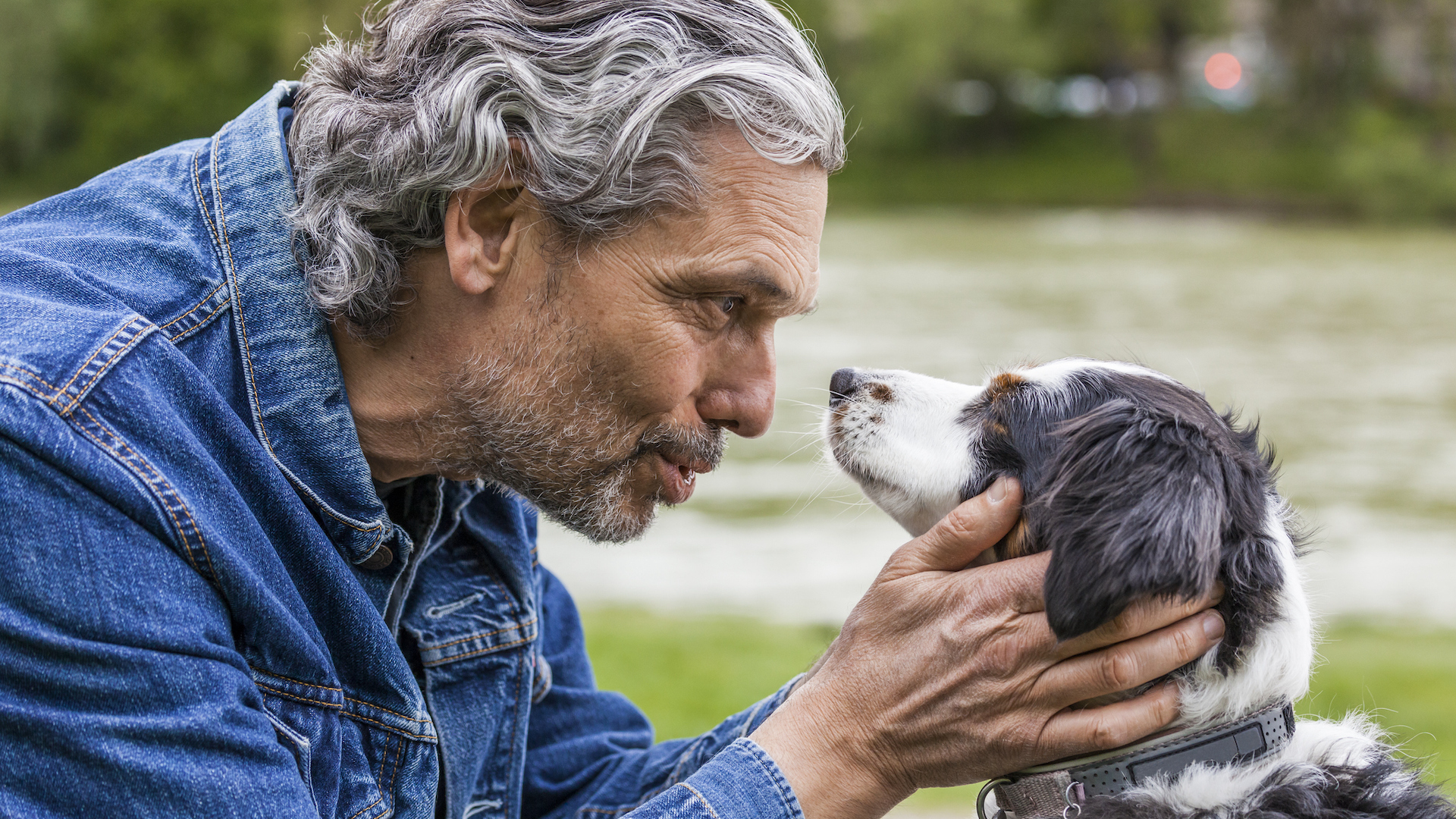
If you want to build a relationship with anyone, you need to try to speak their language. Naturally, we are not able to speak “canine”, but we can work on our ability to understand our dog, and what they are trying to communicate to us.
This will enable us to interpret our dog’s emotions, needs, and reactions. By recognizing signs of stress, fear, excitement, or contentment, we can respond appropriately to create a supportive and comfortable environment. This knowledge is particularly crucial in preventing misunderstandings and avoiding potential conflicts.
It also helps owners to gauge their dog’s comfort levels in various situations and tailor interactions accordingly – whether they are feeling under the weather, stiff, needy, and so on.
5. Provide mental stimulation
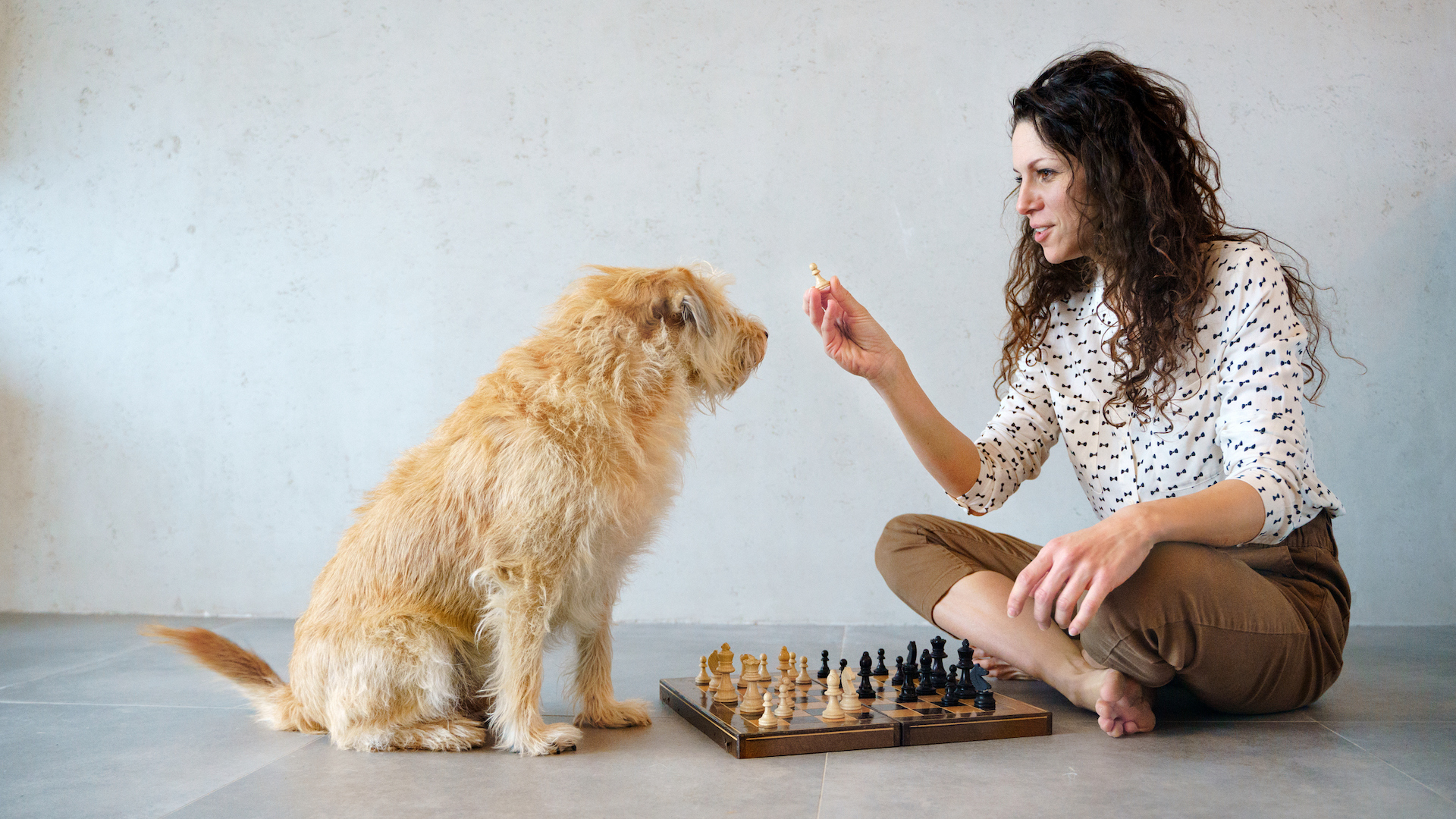
All dogs need some form of mental stimulation to prevent boredom and potentially the development of destructive behaviors.
Dogs are naturally curious animals, and providing mental challenges keeps their minds active and healthy. Stimulating activities, such as the best dog puzzle toys, training sessions, or interactive games, not only prevent monotony but also contribute to a dog's overall well-being.
Mental stimulation can reduce stress and anxiety, boost confidence, and enhance problem-solving skills. Additionally, it strengthens the bond between dogs and their owners, as engaging in mentally stimulating activities together creates positive associations and builds trust.
6. Regular exercise
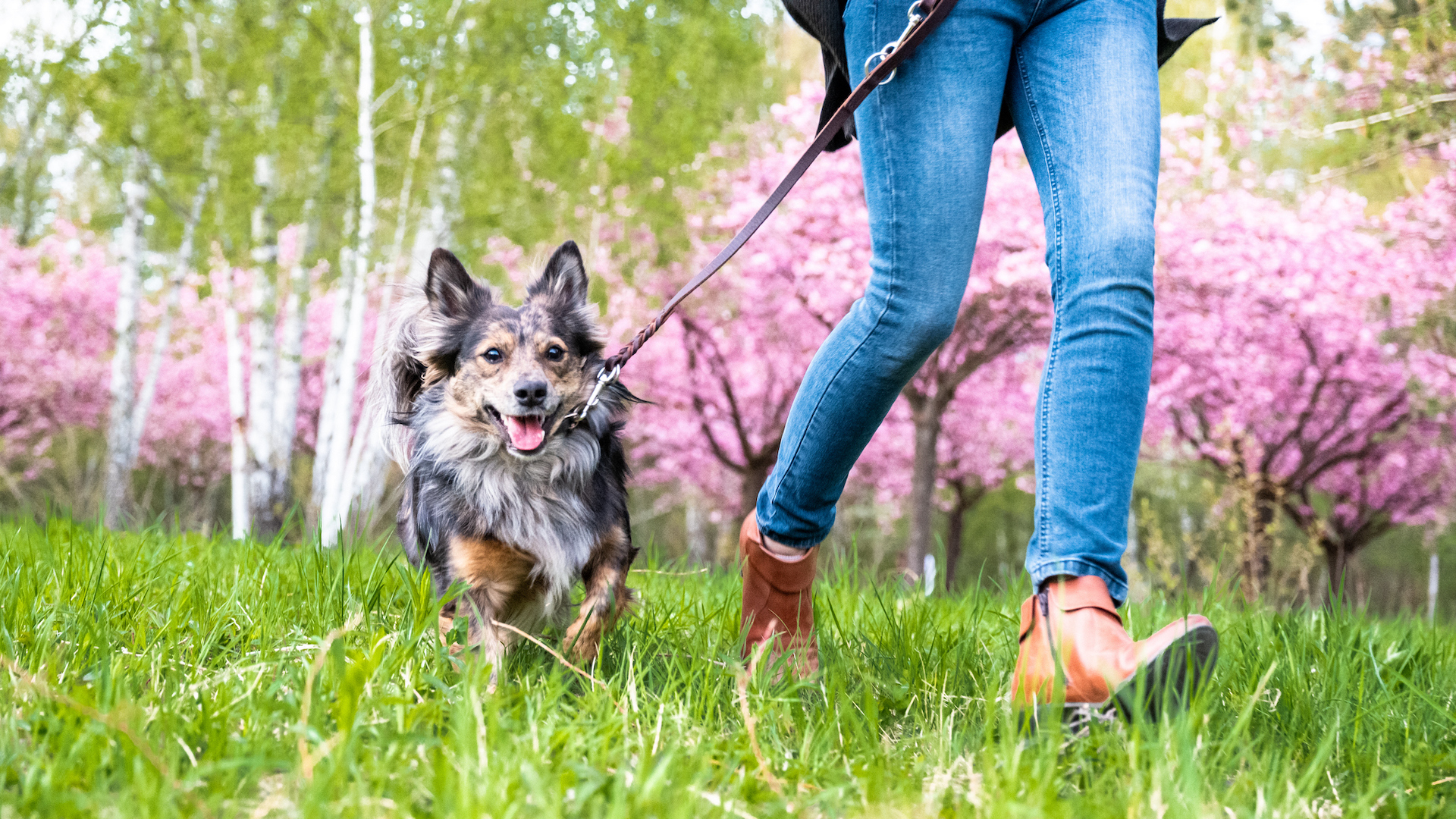
Dogs love walks, need we say more?
Regular exercise is instrumental in enhancing the relationship between you and your dog in several ways. First and foremost, it contributes to your dog's physical health, helping to maintain an appropriate weight, cardiovascular fitness, and overall well-being. Providing your dog with this highlight of their day reinforces your role as the source of enjoyment and fun.
Whether you walk, run, bike, swim, or play, exercise has huge benefits, physically, mentally, and in terms of building a great connection between you. If your pup doesn't seem to enjoy walks there are some clever ways to have more fun, such as exploring new trails or areas.
7. Create a safe environment

If your dog feels insecure, he will be on edge and feel the need to protect himself. Therefore providing him with a safe environment significantly improves your relationship with each other. When your dog feels secure and protected, it fosters a sense of trust and comfort. It minimizes potential stressors and dangers, allowing your dog to relax and engage more freely.
A dog that is not worried about potential threats is likely to exhibit calmer behavior and be more responsive to training and positive interactions. A safe space also promotes a positive association with you as the owner, as you become the source of security and protection.
8. Routine and structure
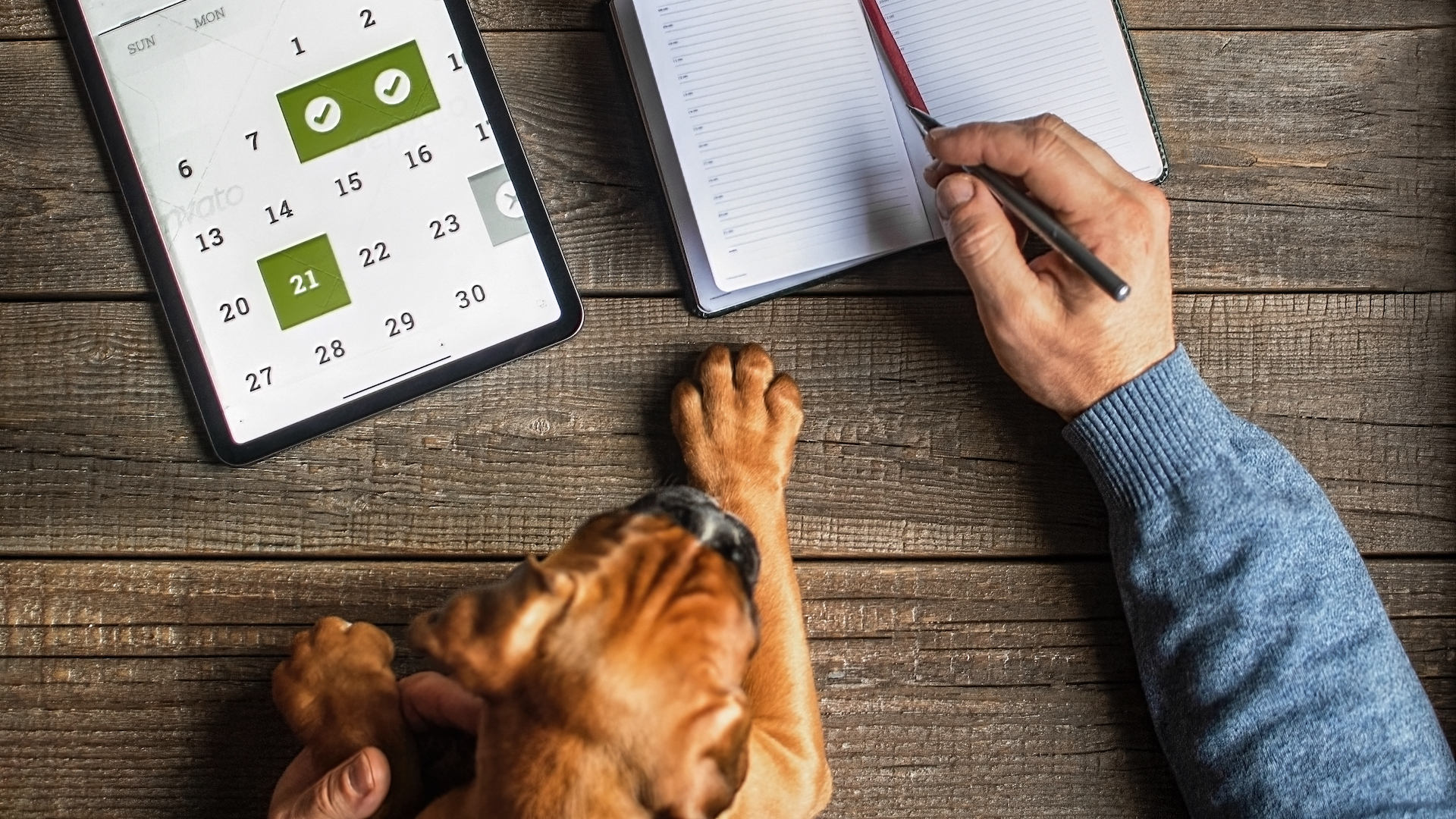
Dogs tend to thrive in environments with a structured routine. Having a consistent schedule for feeding, walks, playtime, and rest provides a sense of predictability and security for dogs. They are creatures of habit and often find comfort in knowing what to expect.
A structured routine not only helps with training and behavior management but also contributes to a dog's overall well-being by reducing stress and anxiety. It establishes clear expectations and reinforces the bond with their owners, which should encourage your dog to feel more secure, confident, and content.
9. Grooming and care
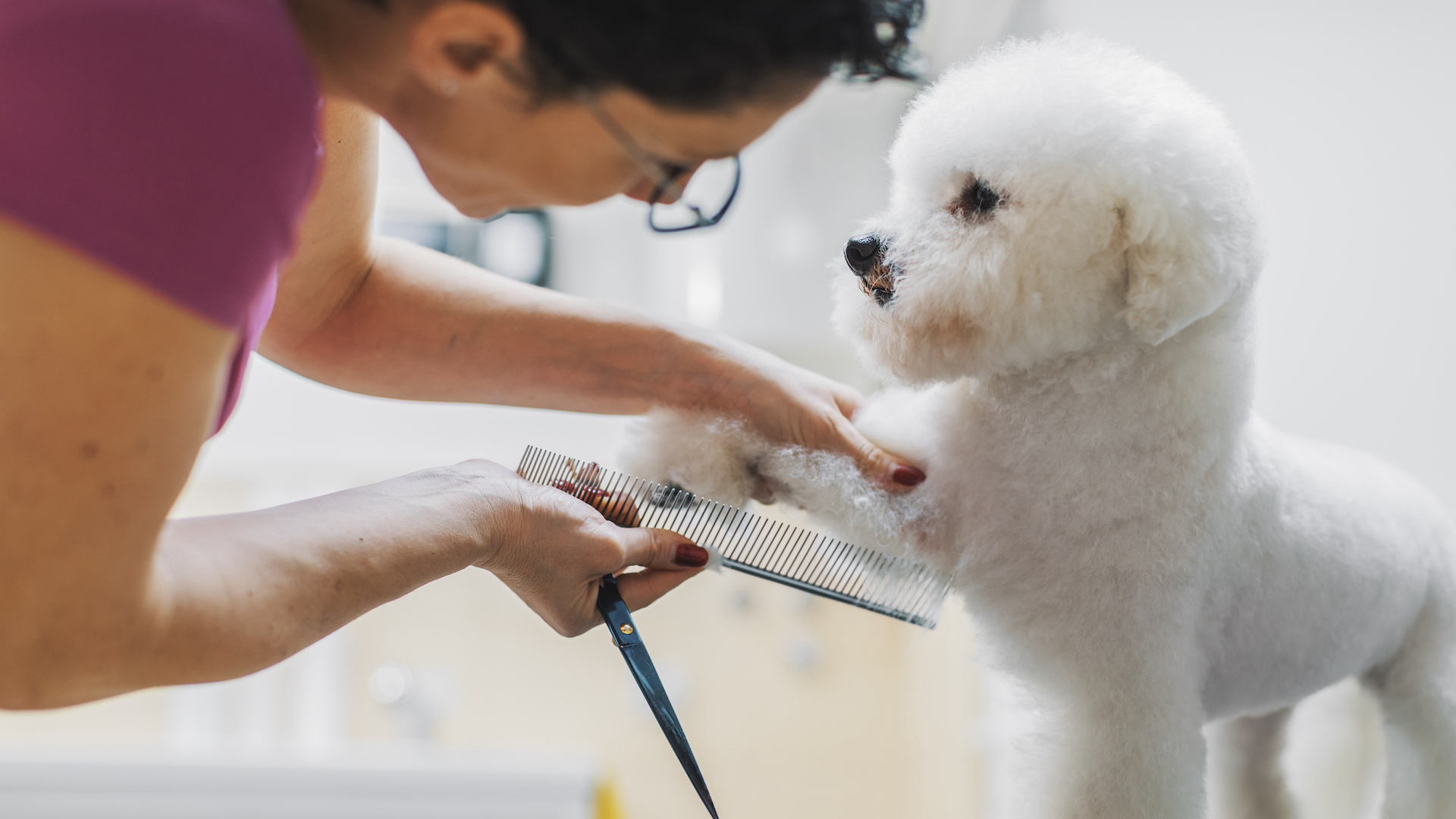
Some dog breeds need more grooming than others, though arguably all owners would benefit from knowing how to groom a dog. Every owner needs to know how to brush their dog’s teeth and how to clip their nails as part of their responsibility.
However, far beyond the obvious physical benefits, such as maintaining a clean coat and preventing health issues, grooming fosters a sense of care and attention. Regular sessions provide an opportunity for positive touch and bonding, reinforcing trust and familiarity between the dog and its owner.
10. Respect personal space
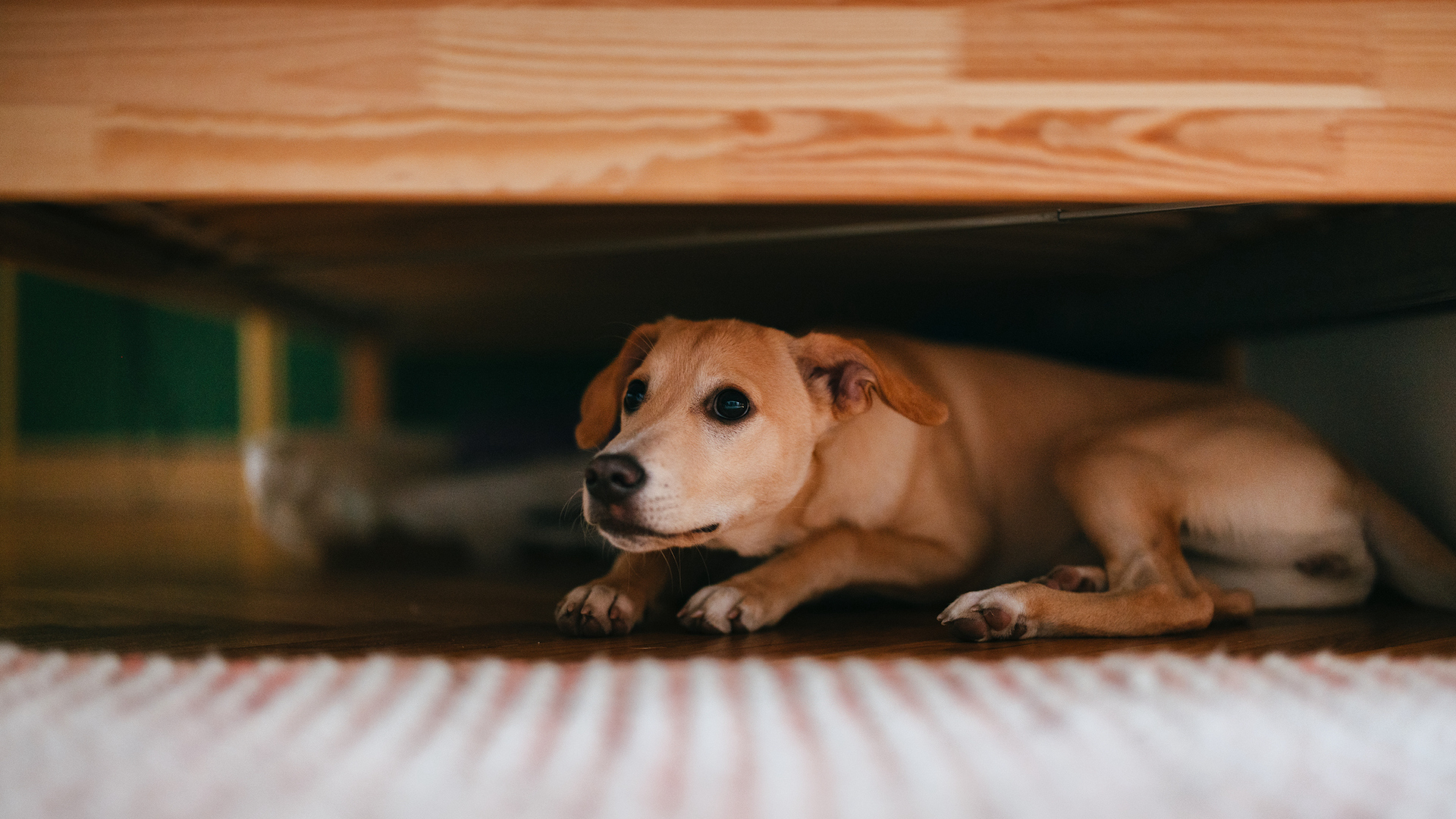
Some dogs don’t seem to have much awareness of your personal space, but depending on the individual and breed they might be protective of their own.
While some dogs may be more comfortable with close physical contact, others may prefer a little distance. Understanding and respecting a dog’s need for personal space is crucial in maintaining a positive relationship.
Look out for signals such as moving away, licking their lips, or yawning when they feel uncomfortable or crowded. If you can recognize and honor your dog’s cues, you will create an environment where your dog feels secure and respected.
11. Be patient
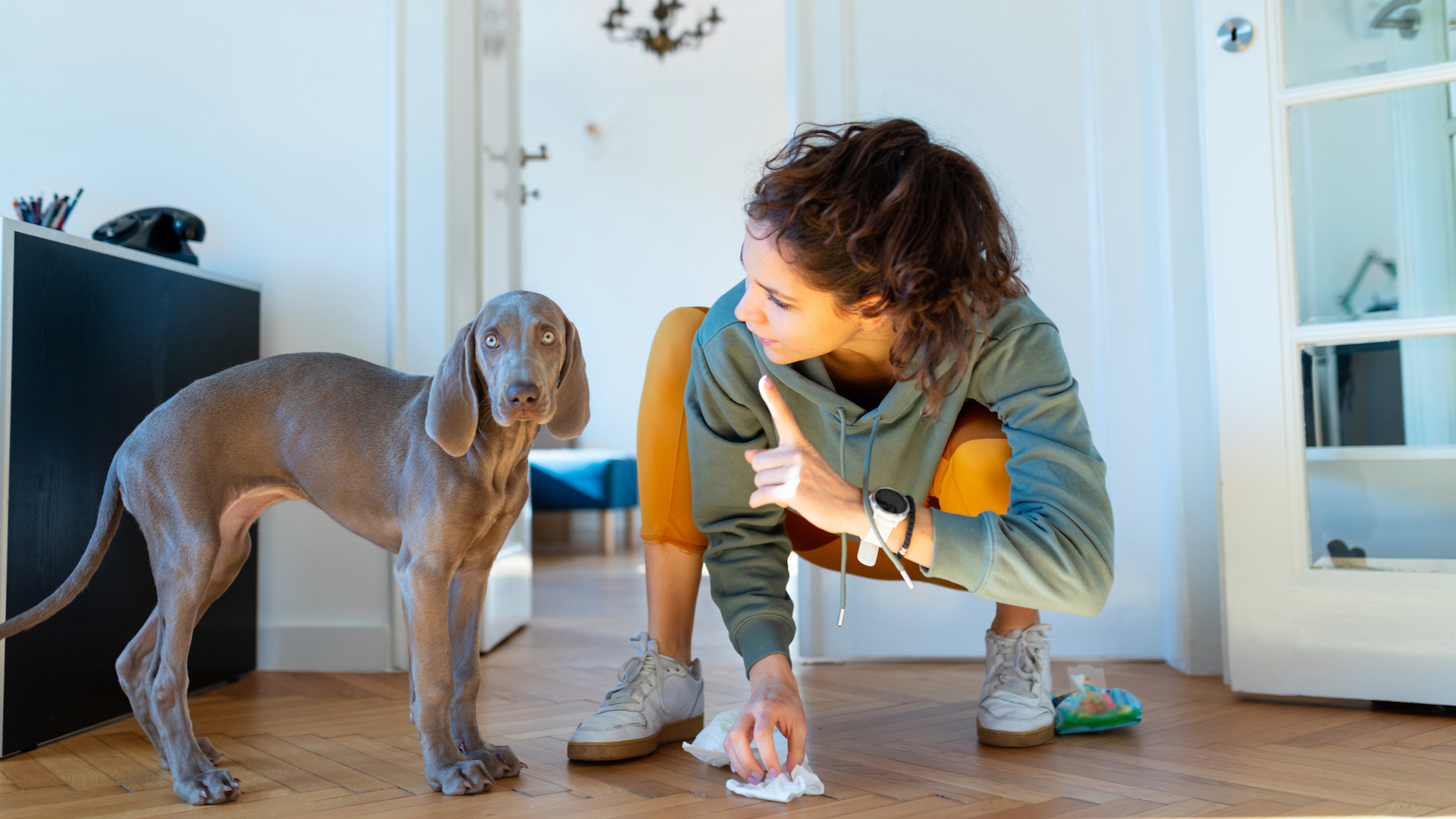
Patience is a virtue, especially in dog owners. Dogs, like humans, vary in their learning pace and behaviors. Training, adapting to new environments, and understanding commands can take time, and patience and positivity are key to the success of these processes.
Dogs may not grasp commands immediately, and some of their undesirable behaviors may require time and consistent reinforcement to modify. But losing your patience can lead to frustration, stress, and a communication breakdown.
12. Socialization
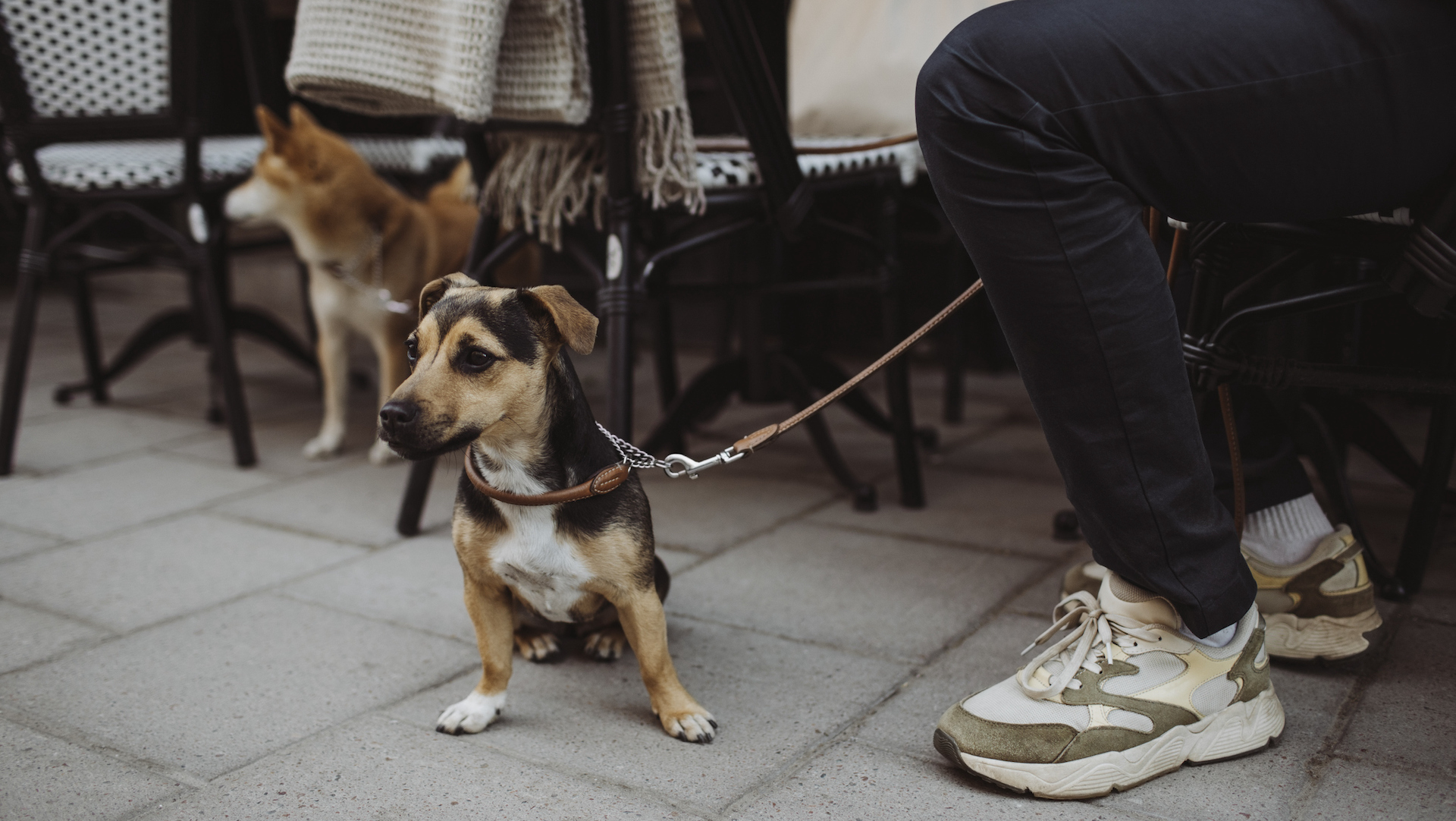
Socialization is crucial for a dog’s overall wellbeing and behavior. Exposing a dog to various environments, people, animals, and experiences, ideally from an early age, helps them develop into well-adjusted, confident, and friendly companions. They will lean to trust you as their calm and confident leader in new situations.
Socialization reduces the likelihood of fear-based behaviors, aggression, and anxiety in new or unfamiliar situations. It also helps dogs learn appropriate social cues and communication skills, promoting positive interactions with both humans and other animals. This means your dog will be more adaptable, less stressed in different environments, and generally more enjoyable to be around.
13. Health check-ups
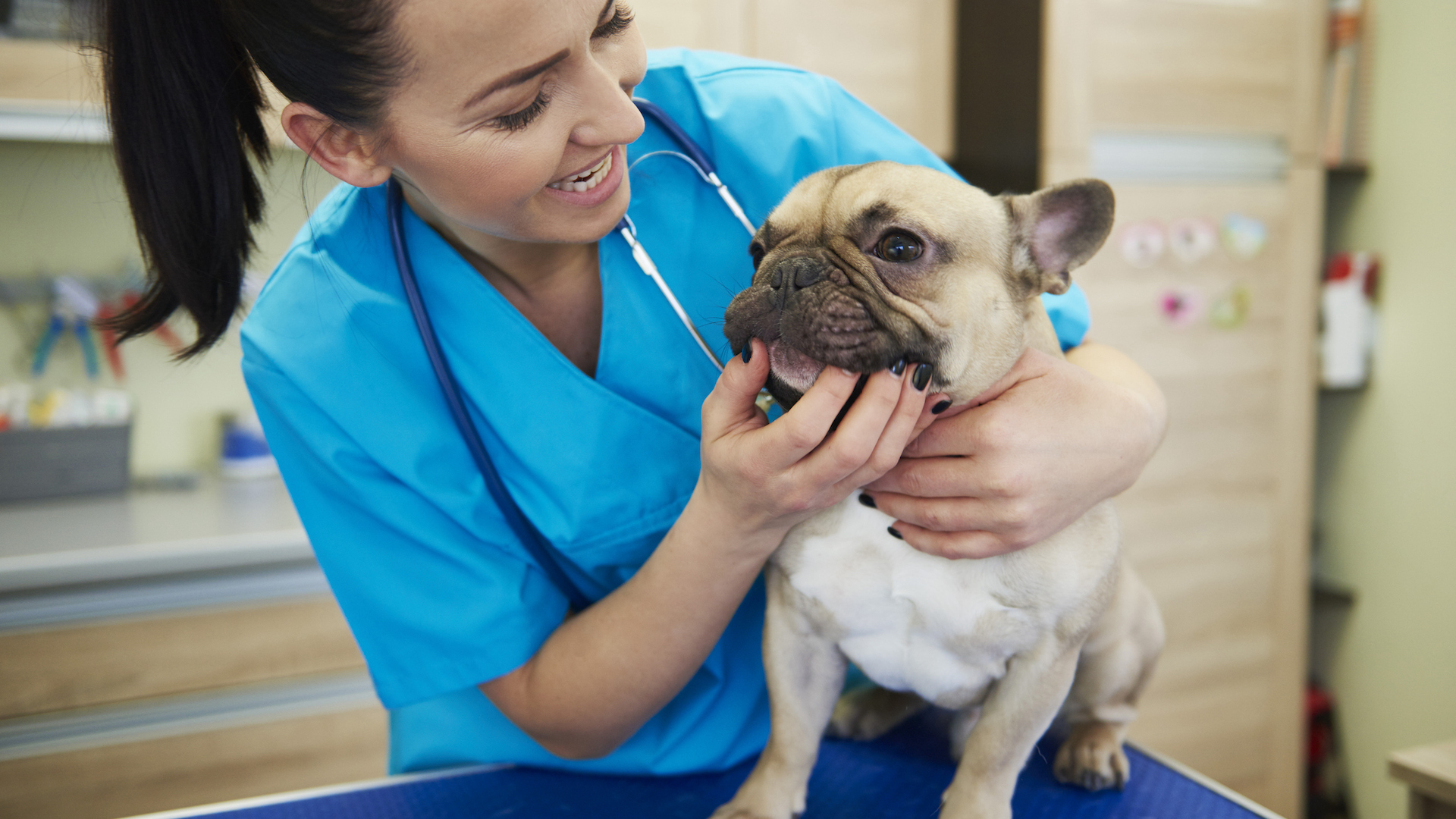
Regular health check-ups with the vet are important not just to keep tabs on your dog’s overall health but for catching potential issues early on.
Remember, your dog is unable to tell you if he has some niggle that is bothering him, but a veterinary check-up may be able to nip issues in the bud before they get serious and his behavior or demeanor is affected.
14. Use a comfortable leash and collar
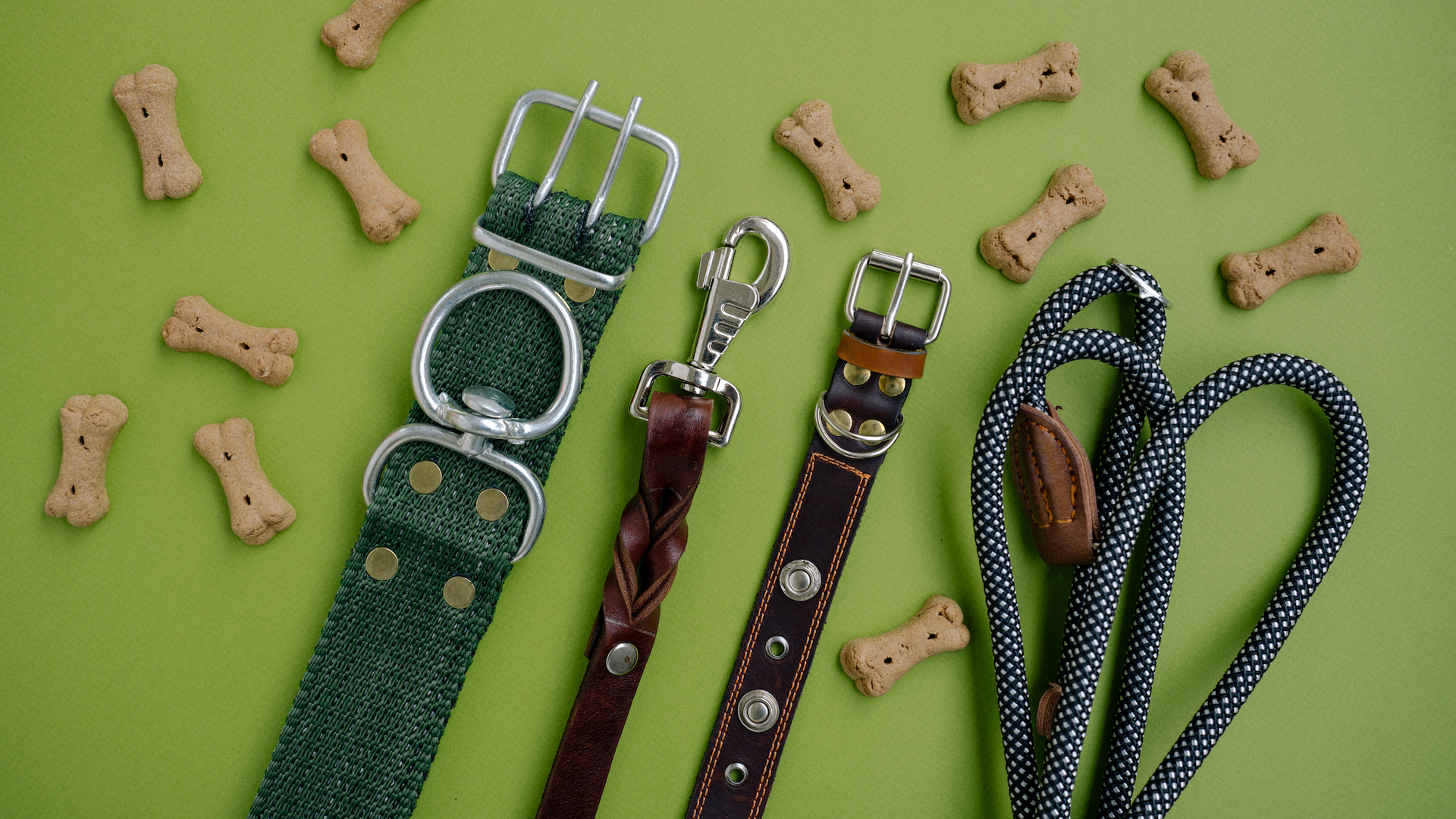
Your dog is unlikely to say no to the offer of a walk but do him the kindness of giving him a comfortable, well-designed, and well-fitting collar. An uncomfortable collar may cause discomfort, chafing, or injury, which could make your dog less responsive and cooperative to your commands. He may pull to try to get away from the pain or discomfort, which will not improve your relationship with one another. Consider a harness if that’s the most appropriate option for your dog.
Furthermore, you want a safe leash and collar, so that he cannot escape and endanger himself, for example running out into a road. So ensuring that you find the best dog leash is super important.
15. Play fetch
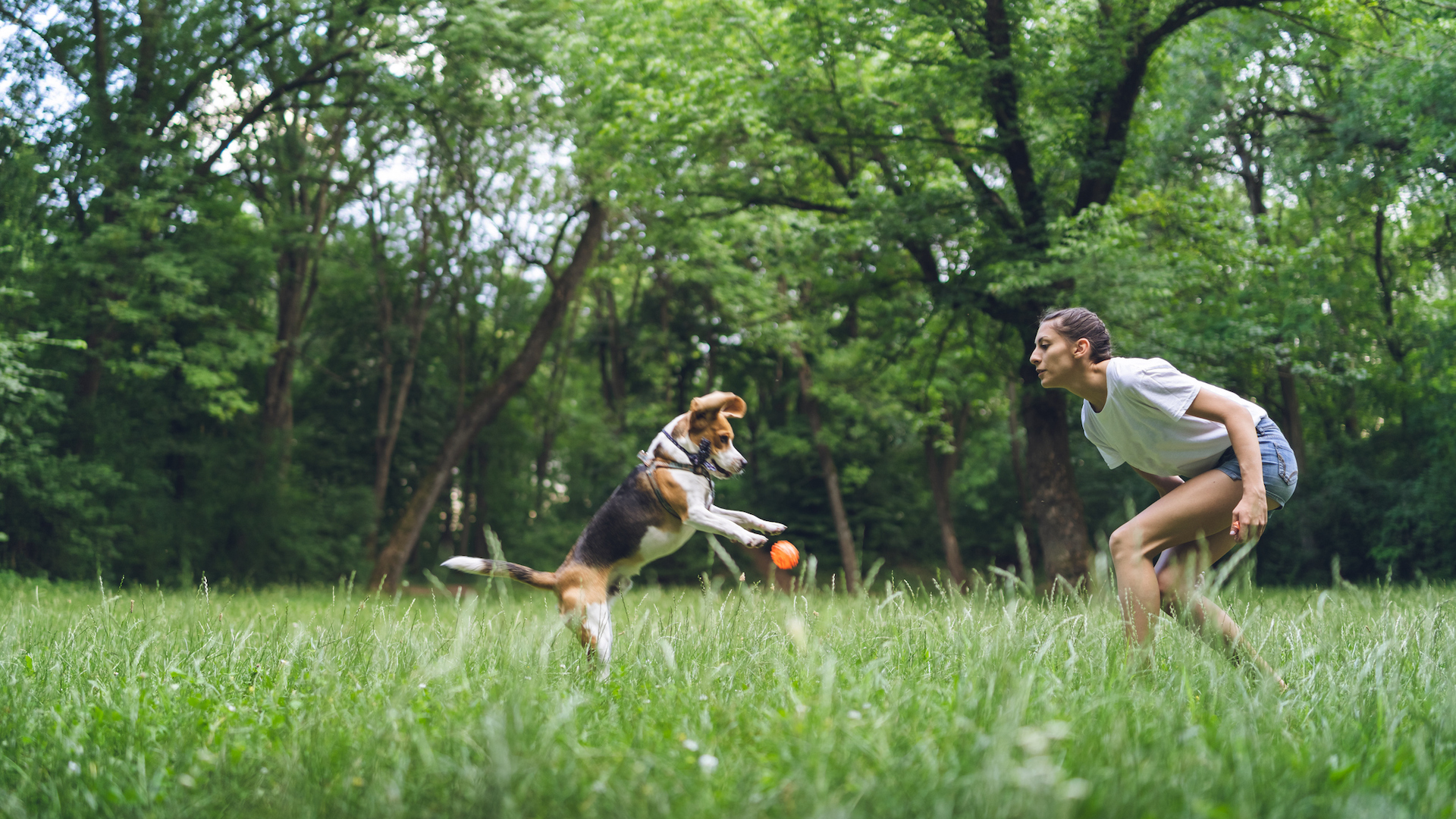
Fetch is not only great fun for dogs but has many benefits. It's a natural and enjoyable activity that taps into a dog's instinct to chase and retrieve. It provides physical exercise, helping to maintain a healthy weight and promoting cardiovascular fitness. Additionally, it offers mental stimulation, as dogs must focus on the game, enhancing their problem-solving skills.
Better still, the interaction between the owner and the dog during a game of fetch strengthens the bond between them, fostering a positive relationship.
Always play in a safe environment with an appropriate object.
16. Teach new tricks
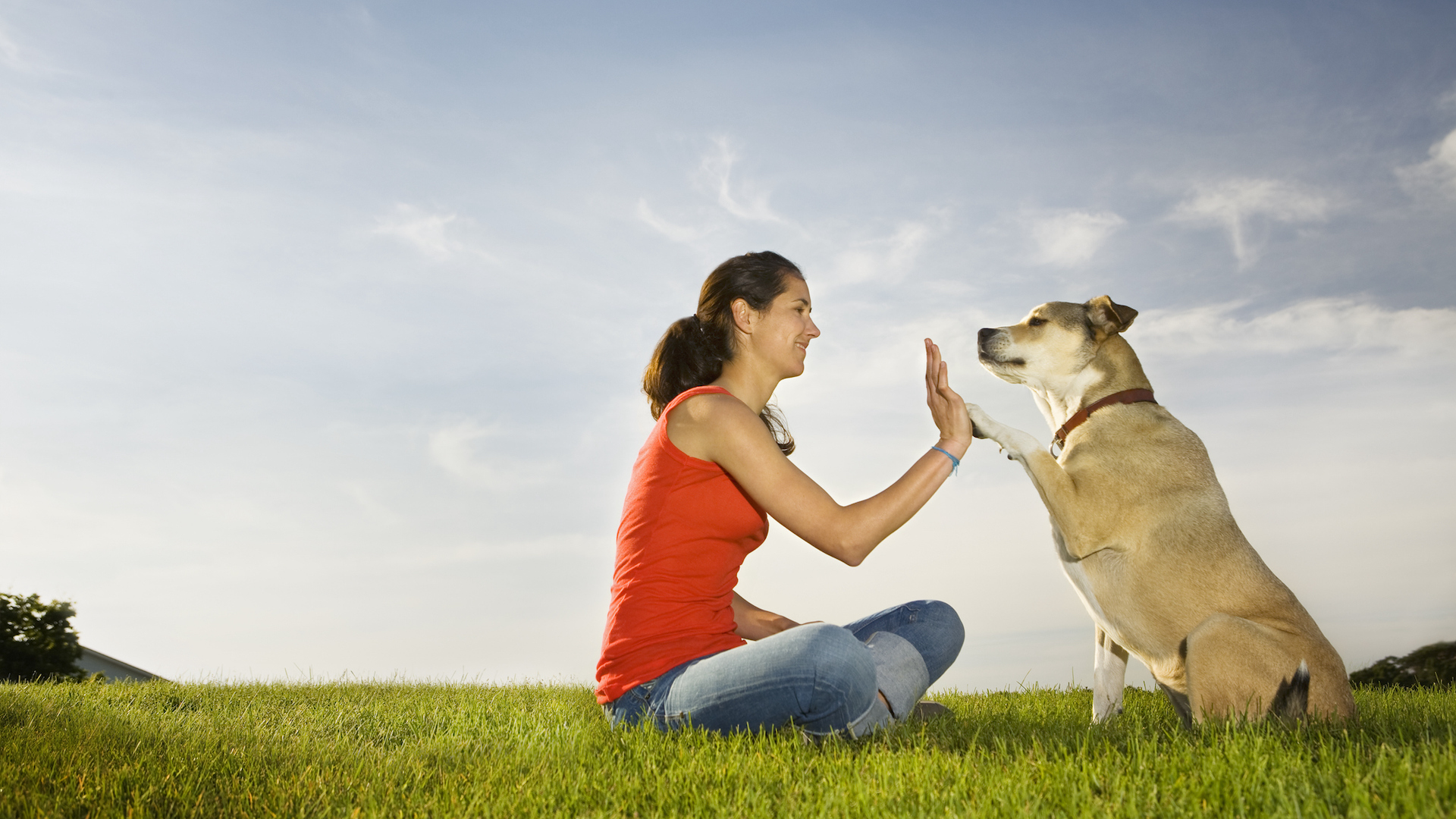
Despite the old saying, "Can't teach an old dog new tricks," both old and young dogs enjoy learning tricks. Dogs tend to be eager to please their owners, and trick training sessions provide mental stimulation and a sense of accomplishment for them.
The positive reinforcement involved in trick training, such as treats, praise, or playtime, creates a rewarding experience, making the learning process even more enjoyable as well as enhancing the bond with their owner.
Added to this, you can show off your doggy tricks to your friends!
17. Create a comfortable sleeping space

Sleep is a vital part of a dog’s development, especially when they are a puppy. While dogs sleep differently to humans, their sleep is essential in the same way in terms of enabling them to recharge their batteries. Although there is limited research on sleep deprivation in dogs, a study on the interrelated effect of sleep and learning in dogs, showed the importance of sleep. Anecdotally there is evidence that, like humans, poor sleep leads to more intense reactions to stress, irritability and poor memory.
By providing the best dog bed you can, you will be maximizing your dog’s chances of a restful sleep. Make sure he has ample space to stretch out if that’s his preferred sleeping style, or a cozy haven to make him feel safe. If your dog is arthritic or prone to joint pain, an orthopedic bed may help relieve stiffness.
18. Feed a balanced diet

We all know the effect of caffeine or E-numbers, or lack of vitamins and minerals, on humans; dogs also require a balanced diet for their physical and mental well-being.
Providing a nutritionally balanced diet tailored to your dog’s specific needs ensures that they maintain a healthy weight, have proper energy levels, and experience optimal physical and mental health.
If your dog is well-fed and content they are more likely to be energetic, responsive, and engaged in activities with their owner, strengthening the bond between them. They are also less likely to be hyperactive, have allergies, suffer stomach upsets, and other issues that may cause them discomfort or to misbehave.
19. Show affection
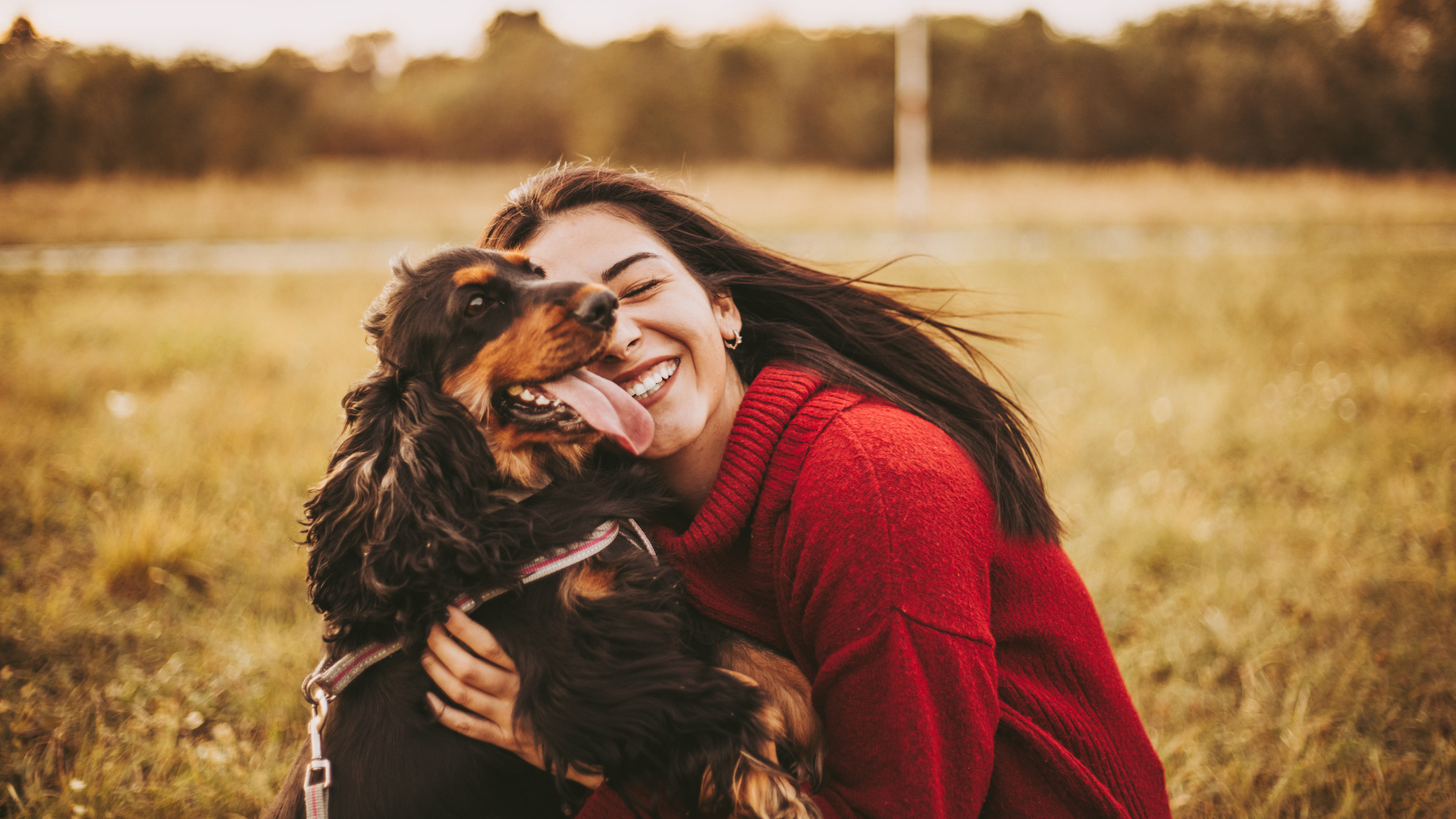
While we must steer clear of anthropomorphizing our relationship with our dogs, they are social animals with a strong desire for connection and bonding. And the feeling’s mutual. Studies on compatibility, done by Elsevier have shown that dog ownership is associated with a variety of physical health benefits, such as lower blood pressure levels as well as higher happiness and self-esteem.
Some dogs are more cuddly than others, with certain breeds known for being particularly affectionate while others respond better to the warmth in your voice.
Whether it’s by stroking or verbal praise, affection fosters a sense of security and happiness in your dog. Your displays of affection contribute to the emotional well-being of your pet and reinforce the positive bond, ensuring they feel valued and cherished as an integral part of your family.
20. Use a calm tone of voice
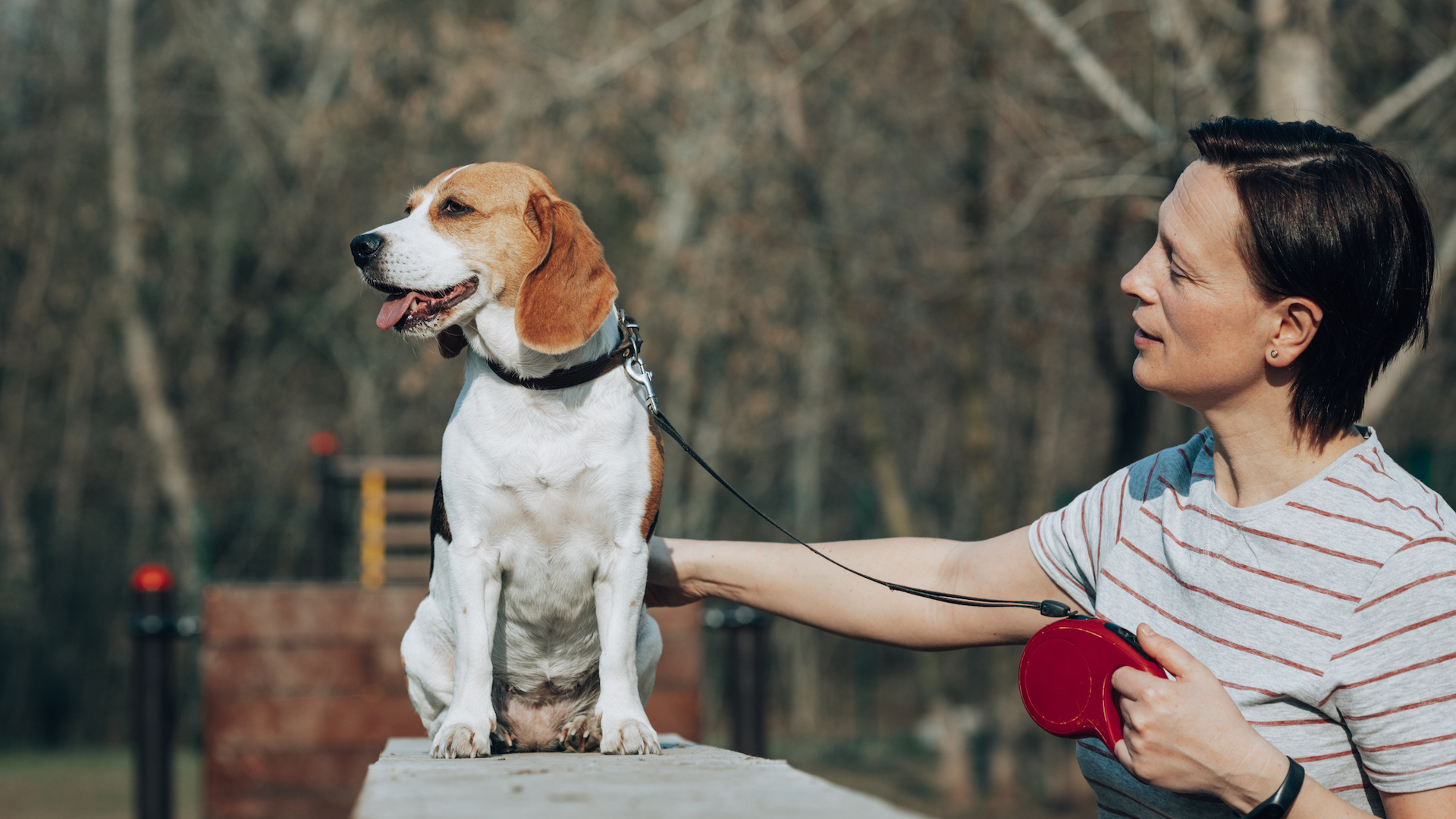
When you speak calmly, you give the impression of someone who is in control – in canine terms, a pack leader. Shouting wildly as your dog runs for the hills is not going to bring him back, and yelling at him when he does something wrong is likely to raise stress and anxiety levels rather than enable him to learn from his mistakes.
Using a calming voice in all your interactions creates a harmonious atmosphere where your dog feels secure and understands that positive behavior is encouraged, contributing to a more cooperative and positive relationship.
21. Learn from your dog
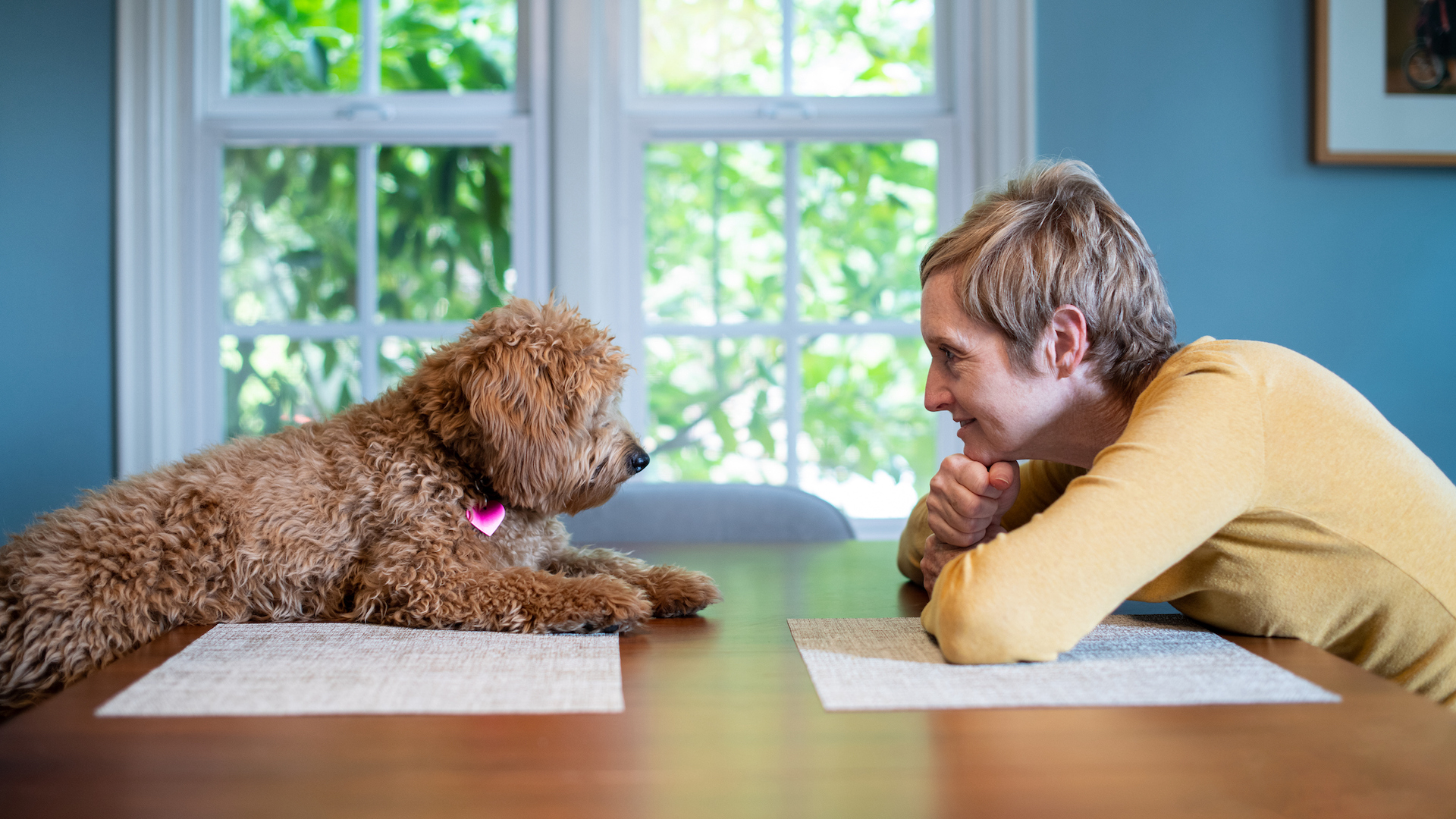
Many would argue that animals are our best teachers. While in our relationship with our dog, we should be the leader, there is so much that they can teach us that will enable us to be better owners and better leaders.
Dogs excel in living in the present moment, expressing joy, and appreciating simple pleasures. Embracing these qualities can teach you to be more mindful, find joy in the small things, and live in the present.
Dogs are also experts in non-verbal communication, so paying attention to their body language and cues can deepen your understanding of their needs and emotions.
As for the loyalty, unconditional love, and forgiveness that dogs naturally exhibit, these characteristics can inspire us to practice these qualities in all our interactions, whether human or canine.
22. Be playful
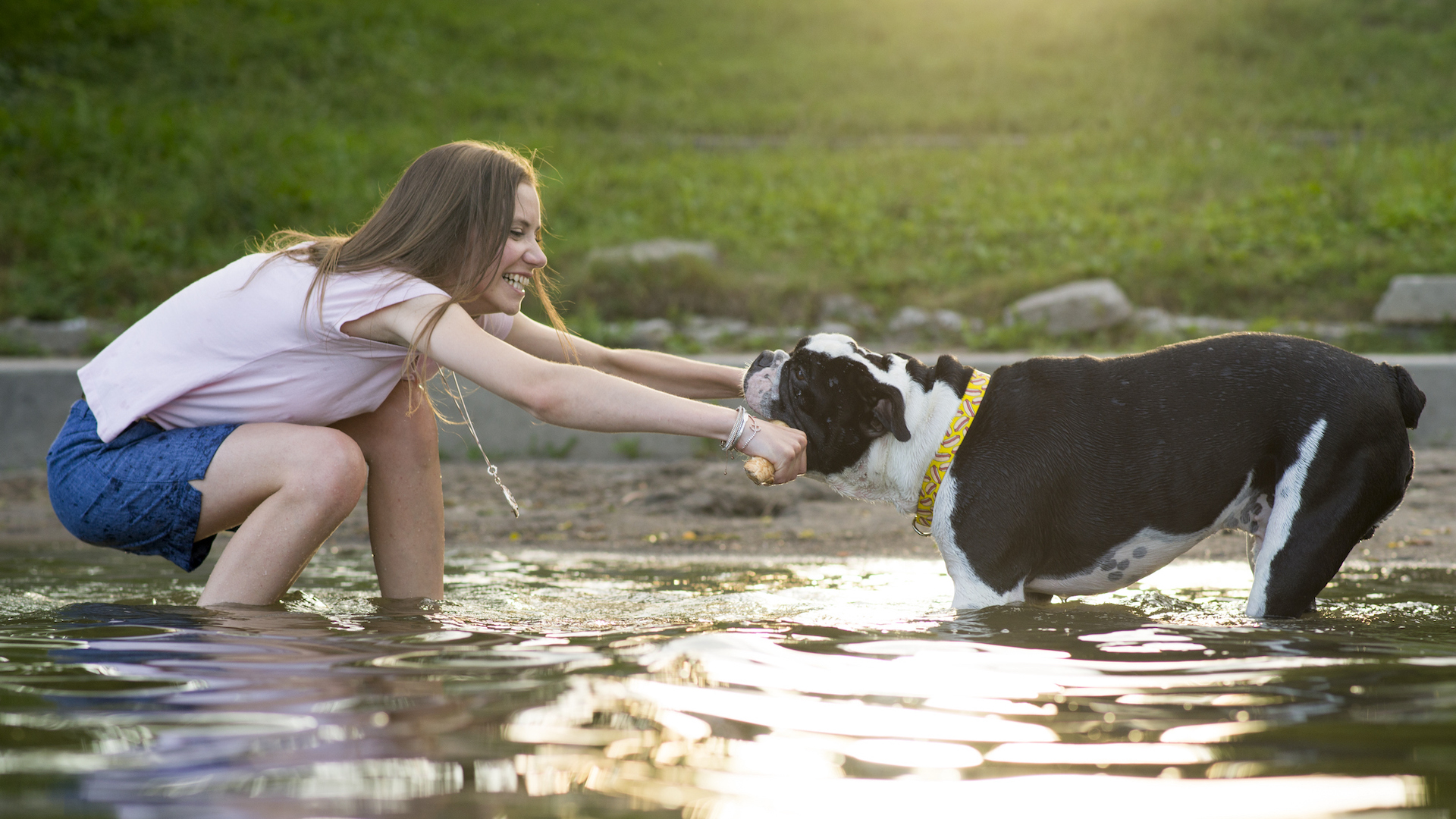
Embracing your inner child is of great benefit when it comes to interacting with your dog. Play serves as a vital component of their mental and physical well-being, promoting cognitive stimulation, emotional bonding, and physical exercise.
Playful activities such as fetch, tug-of-war, or interactive games not only provide an outlet for their instincts and energy but also strengthen the human-canine bond and help them learn social skills and understand human cues.
Not only is it beneficial to your dog but to the entire family. Pediatric Research did a study on the relationship between dog ownership and dog play and found that positive socio-emotional development was associated with dog play in young children.
23. Address behavioral issues promptly
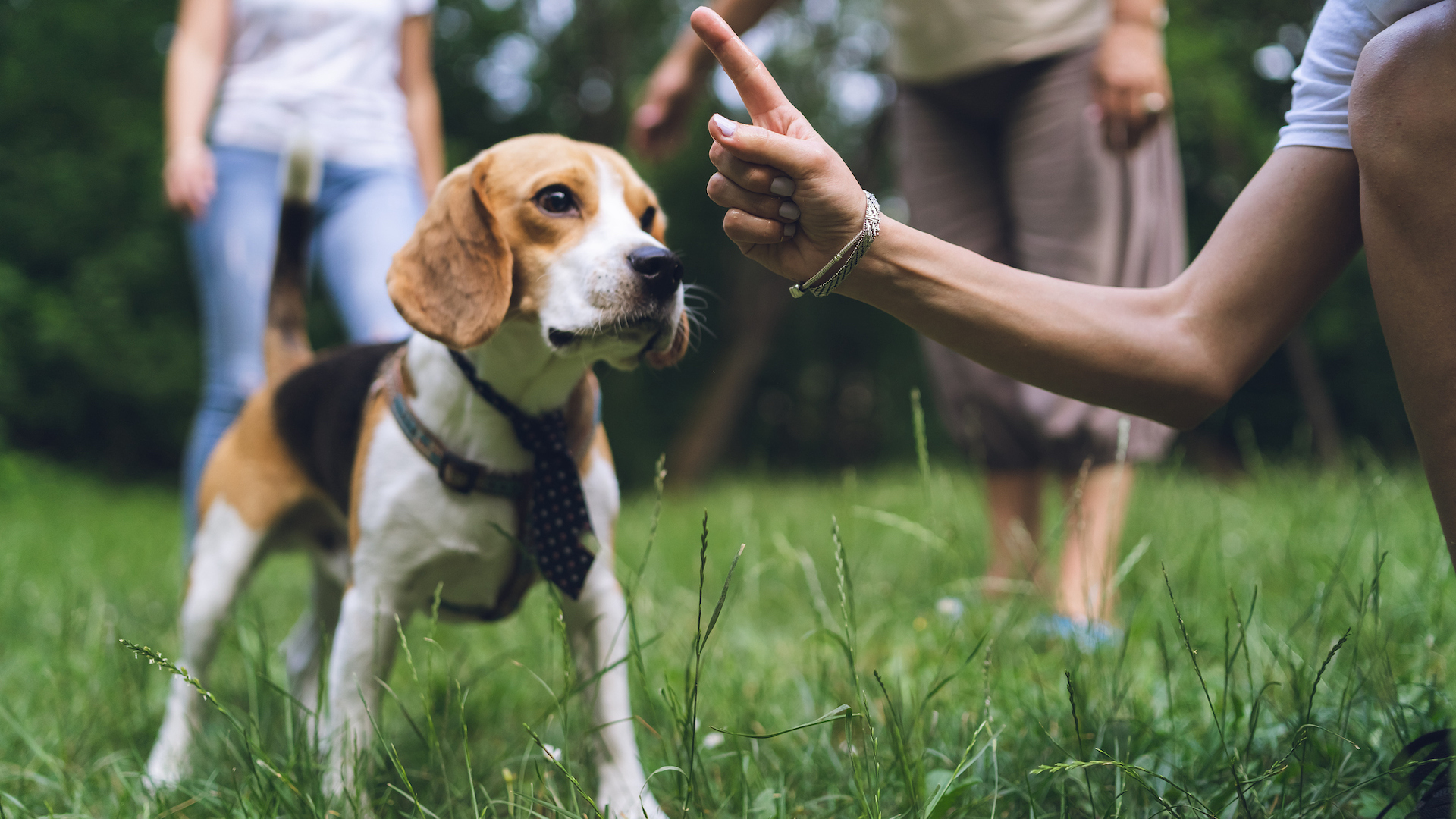
Like any confrontation or learning process, it’s best to nip problems in the bud. Addressing behavioral issues promptly is an act of kindness toward your dog, because timely intervention helps your dog understand what behavior is acceptable – and ultimately safe for both parties – and what is not.
Consistency in training and correction, through positive reinforcement and clear communication, helps prevent the development of persistent behavioral problems that may become harder to rectify later on.
24. Respect their fear or anxiety
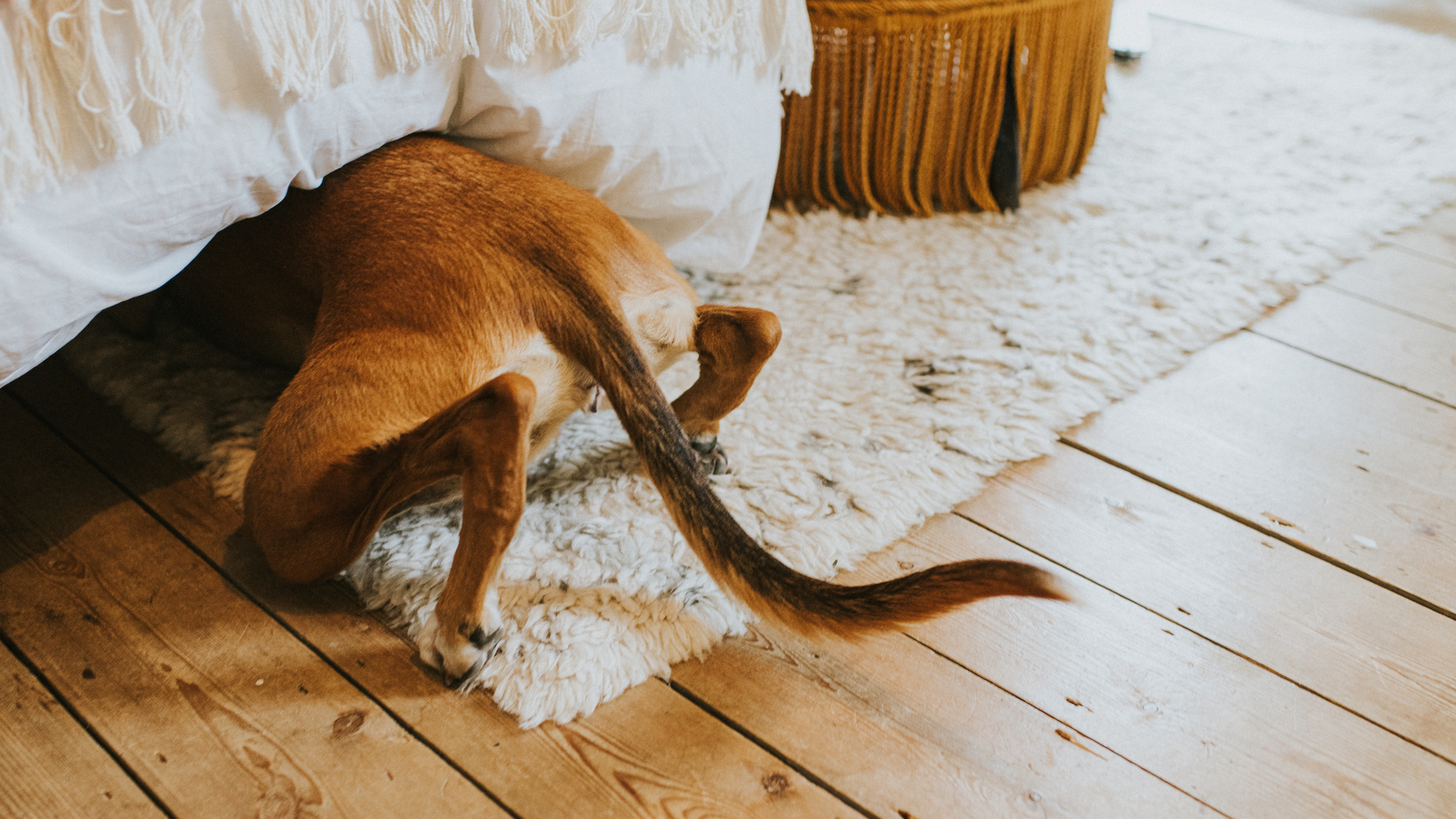
Whether or not we agree with the source of our dog’s anxiety, respecting that they are afraid is essential for their wellbeing. While you might not want to make a fuss about it, completely ignoring the fact they are anxious can lead to heightened stress levels and is unlikely to make the problem go away. You may not always know what has caused their anxiety, for instance if they are a rescue dog, so you must respect their situation while you try to work out a solution.
For instance, if they are terrified by fireworks, you should try to show patience and empathy, while helping them overcome their fears by providing appropriate support. As their leader, you must show that your environment is safe, and you can provide protection.
Dogs with separation anxiety are a tricky one to solve. Some are indeed best given no attention before you leave the house, and no fuss made when you return. However, this is a deliberate, respectful way of trying to help them work through the problem, rather than pretending it doesn’t exist. And there are many steps you can take to reduce separation anxiety.
Don’t be afraid to seek professional help in cases of anxiety.
25. Stay calm in stressful situations
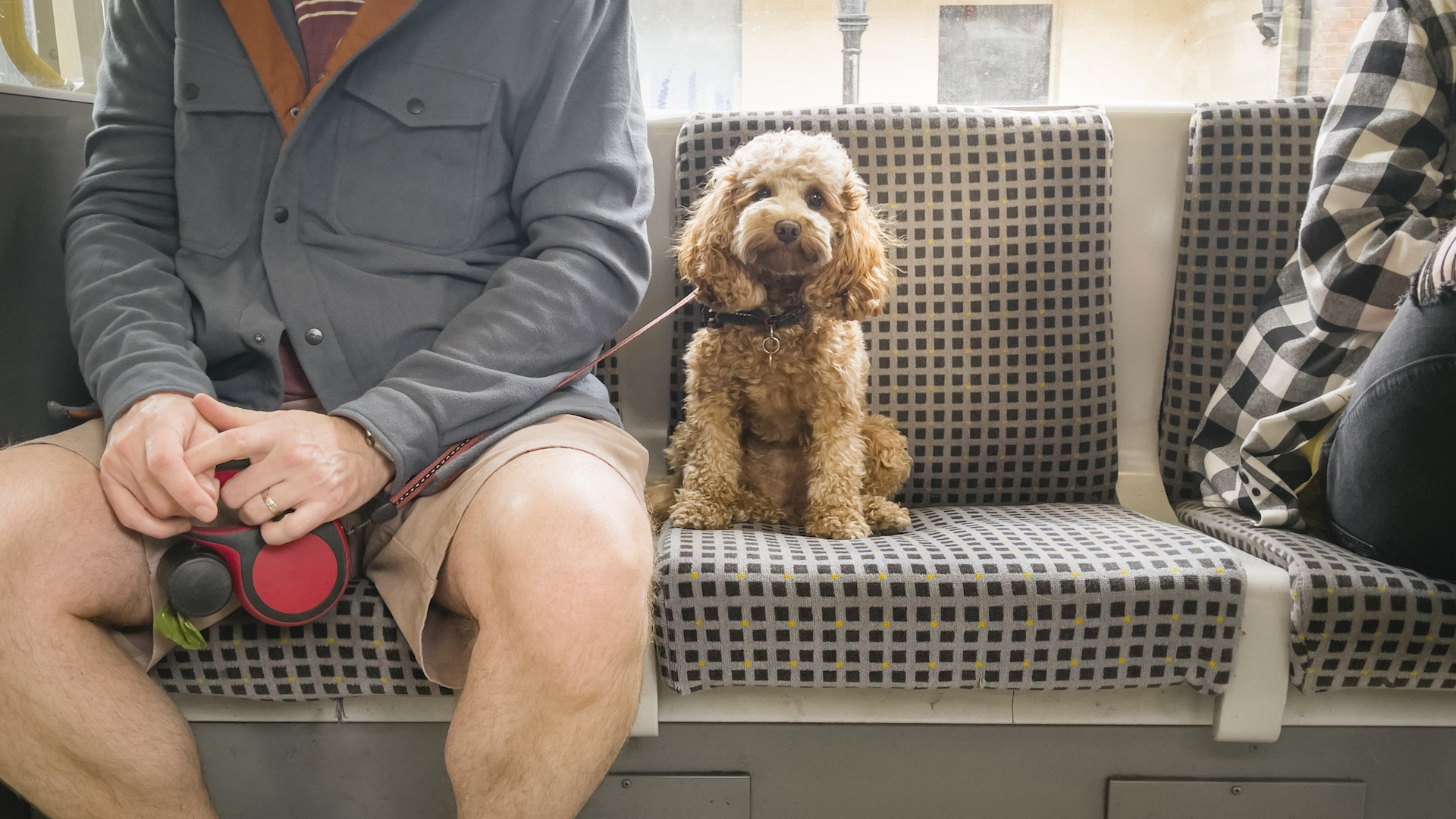
Dogs cannot speak our language but can pick up on human cues, emotions, and body language. According to research done by Scientific Reports, long-term stress levels are synchronized in dogs and their owners. Dogs can easily tell if we are stressed, and they look to us for guidance and reassurance. By remaining calm ourselves, even if we are in a stressful situation, we model a calm demeanor for our dogs to mirror.
26. Practice obedience training regularly
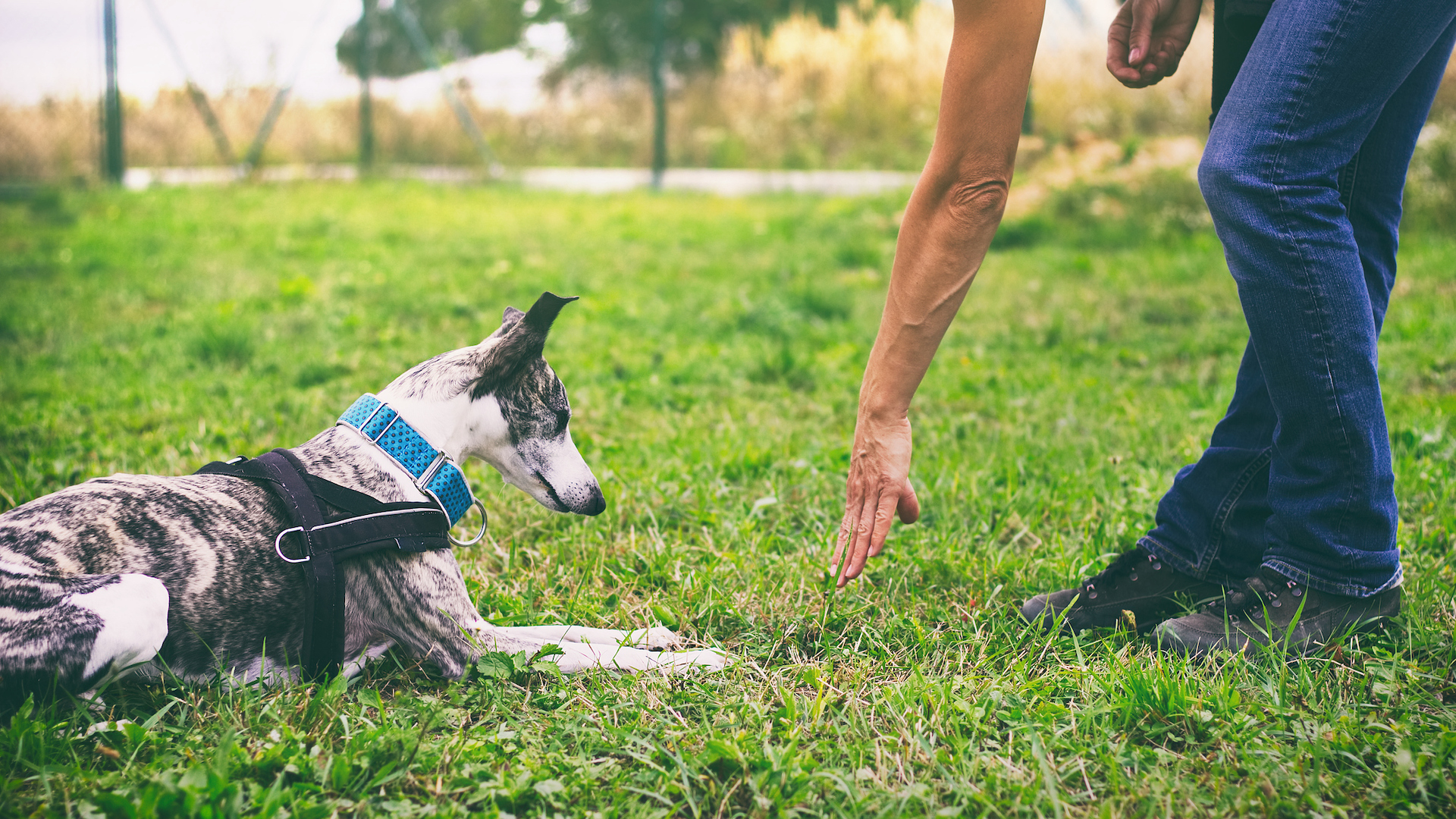
Little and often is always the best mantra for obedience training. It is better to do regular short sessions, even several in one day, than a long session once in a blue moon. Consistent regular training will strengthen the bond between you, and allow for repetition and reinforcement without overwhelming your dog or making him bored, tired, and frustrated. Plus, you’ll both enjoy the playtime together.
27. Explore new places together
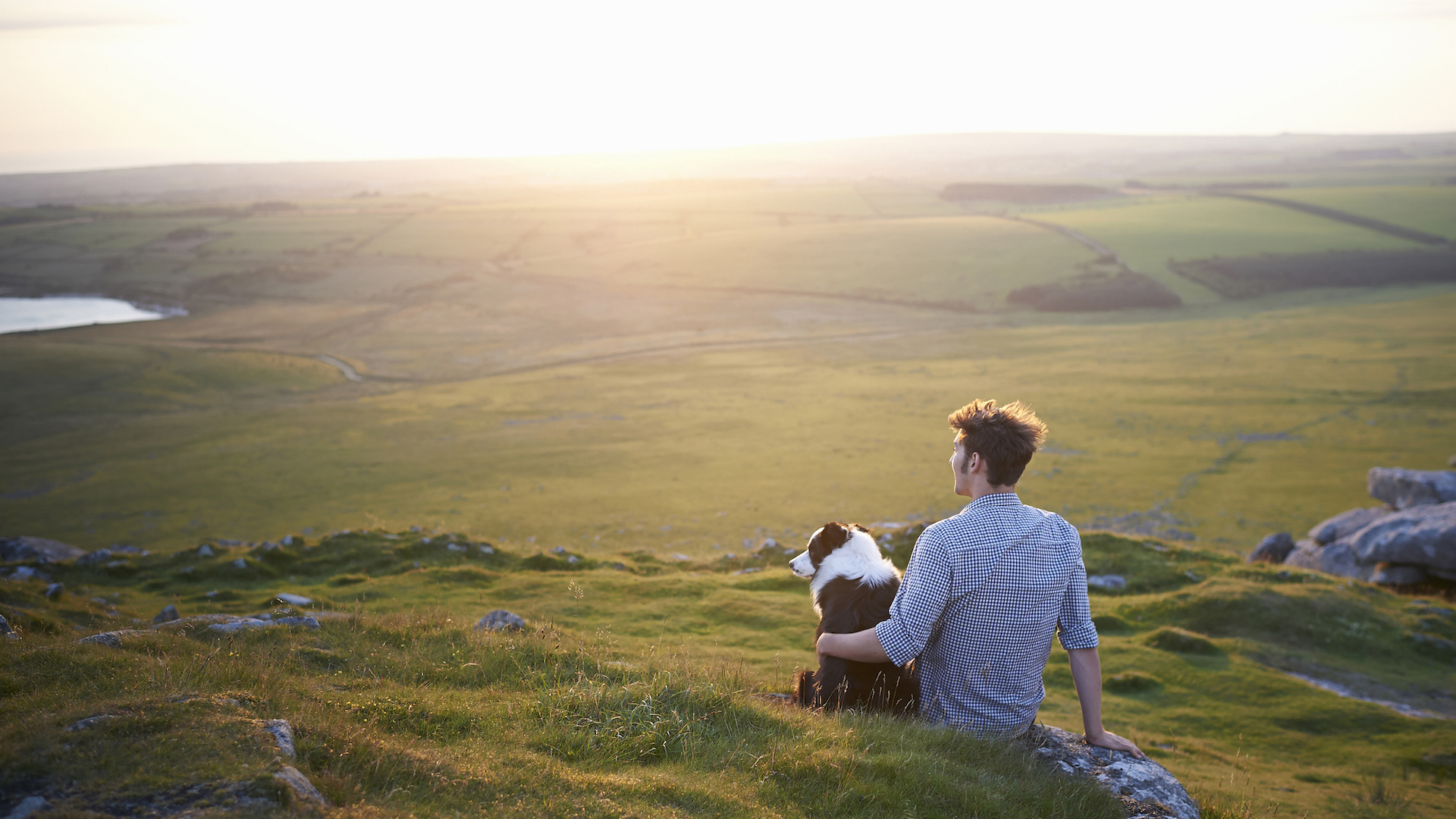
Exploring together offers numerous benefits. It provides you both with physical exercise, satisfies a dog’s natural curiosity and foraging instincts, it engages you both mentally, stimulates the senses and boosts the bond between you. You’ll enjoy discovering new walks, views, and terrain in the company of your most loyal friend.
28. Provide toys
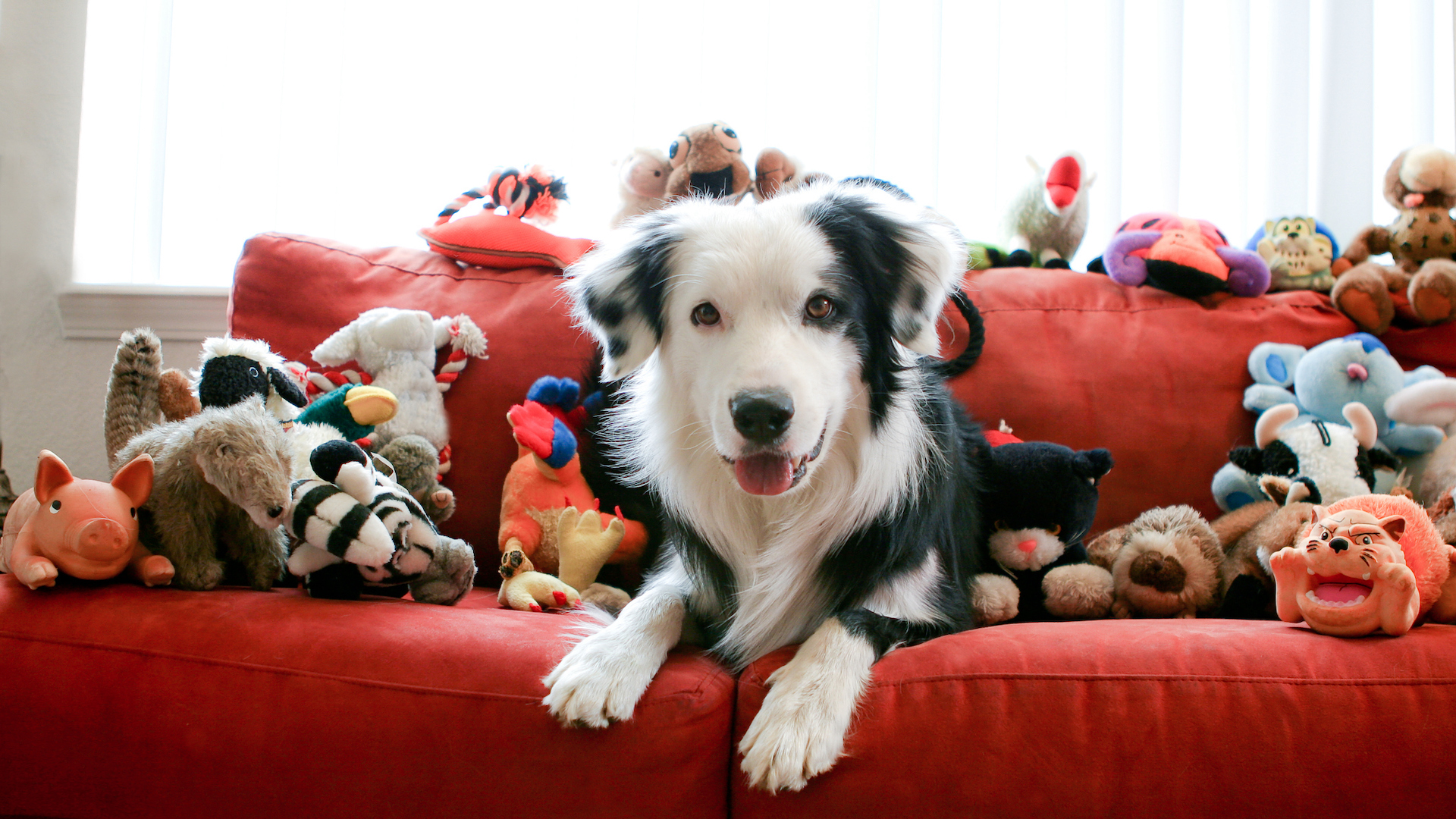
Toys serve many purposes for dogs. Some of the best dog toys can keep them entertained for hours, and fulfill a dog’s instinct to chew, chase and play. Puzzle toys are stimulating for the canine mind, and help prevent boredom and frustration, leading to a calmer, happier dog. You can also play some games with your dog, helping him to associate you as the giver of fun!
29. Celebrate achievements
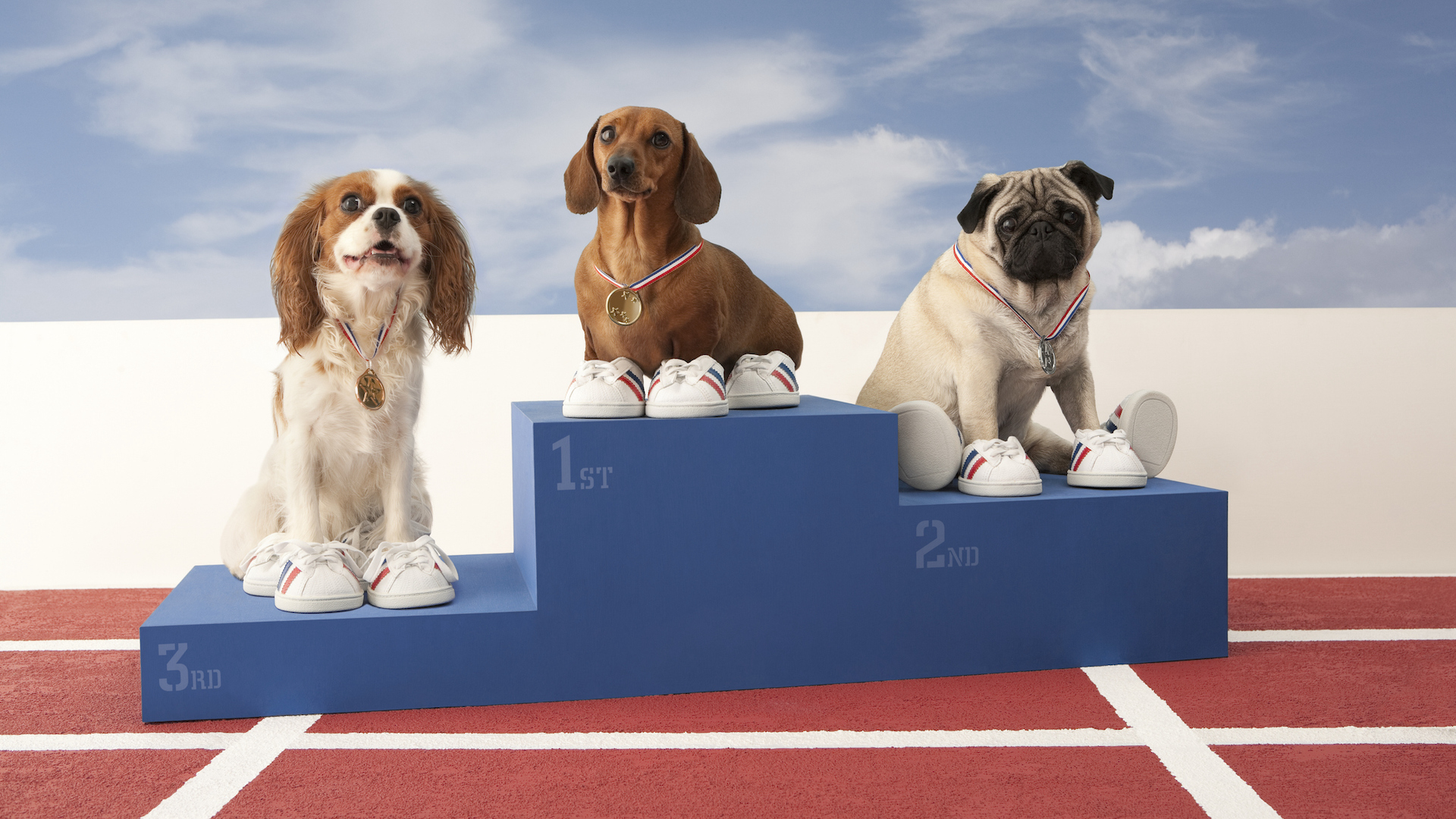
While your dog might not appreciate you clapping or awarding him trophies, rewarding him when he does well has a positive effect. Different dogs enjoy different rewards. For example, some respond really well to treats, while others prefer verbal praise or to be made a fuss of. When dogs learn new tricks or commands, celebrating their achievements with a reward in canine terms will pay dividends.
30. Be a leader
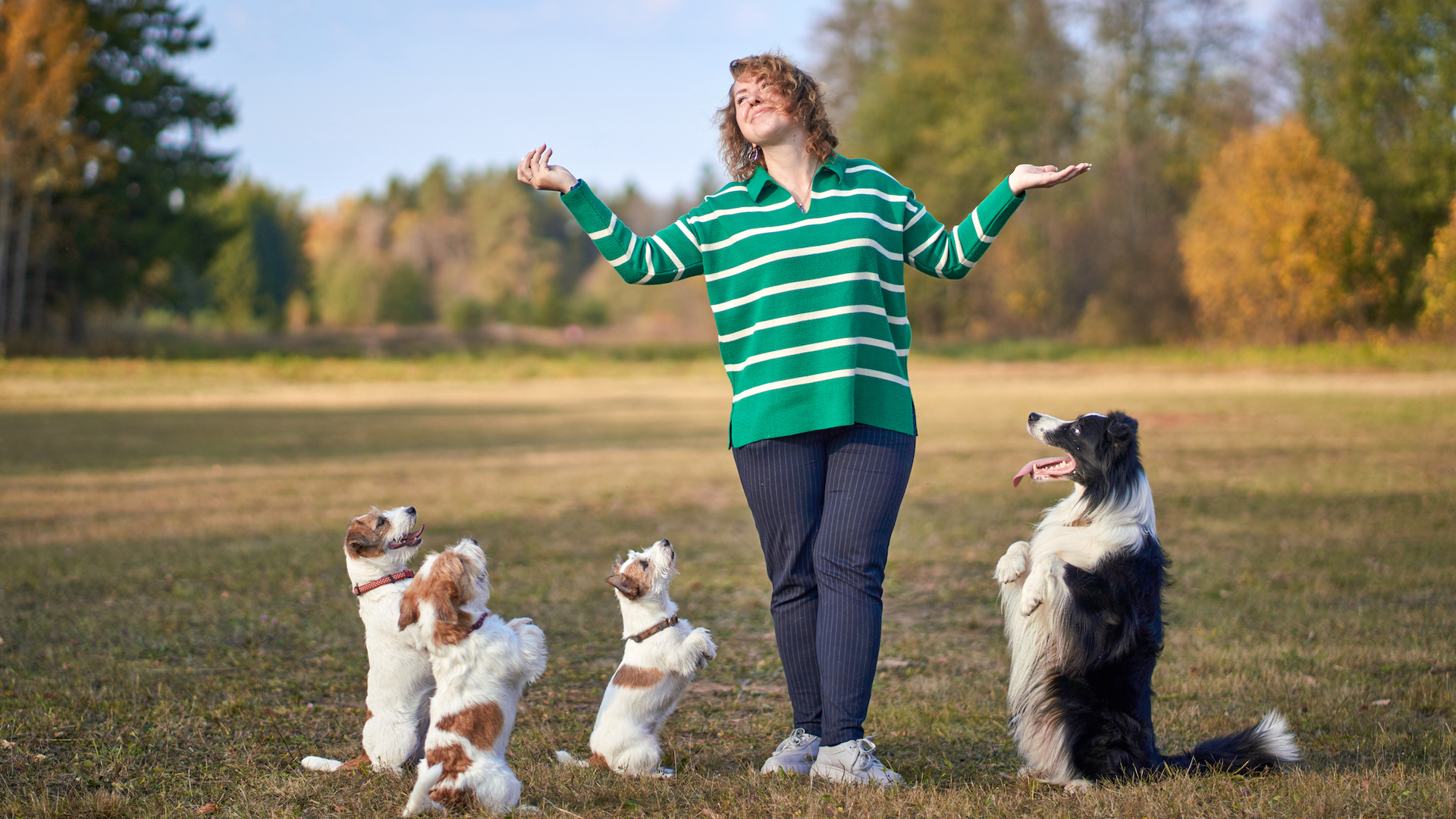
Training methods vary, and while some schools of thought would say that dogs don’t need a pack leader, most trainers believe dogs operate best on a hierarchical system – that is, a pack – with the owner in charge. This does not mean that you are a bully, a military-style commander, who shouts aggressively and punishes fiercely. It simply means that you take control, meet all your dog’s needs, make decisions, and are in charge. This sets the foundation for a stronger bond and more rewarding relationship, where the dog knows his place within the family structure.
31. Prevent medical problems before they happen
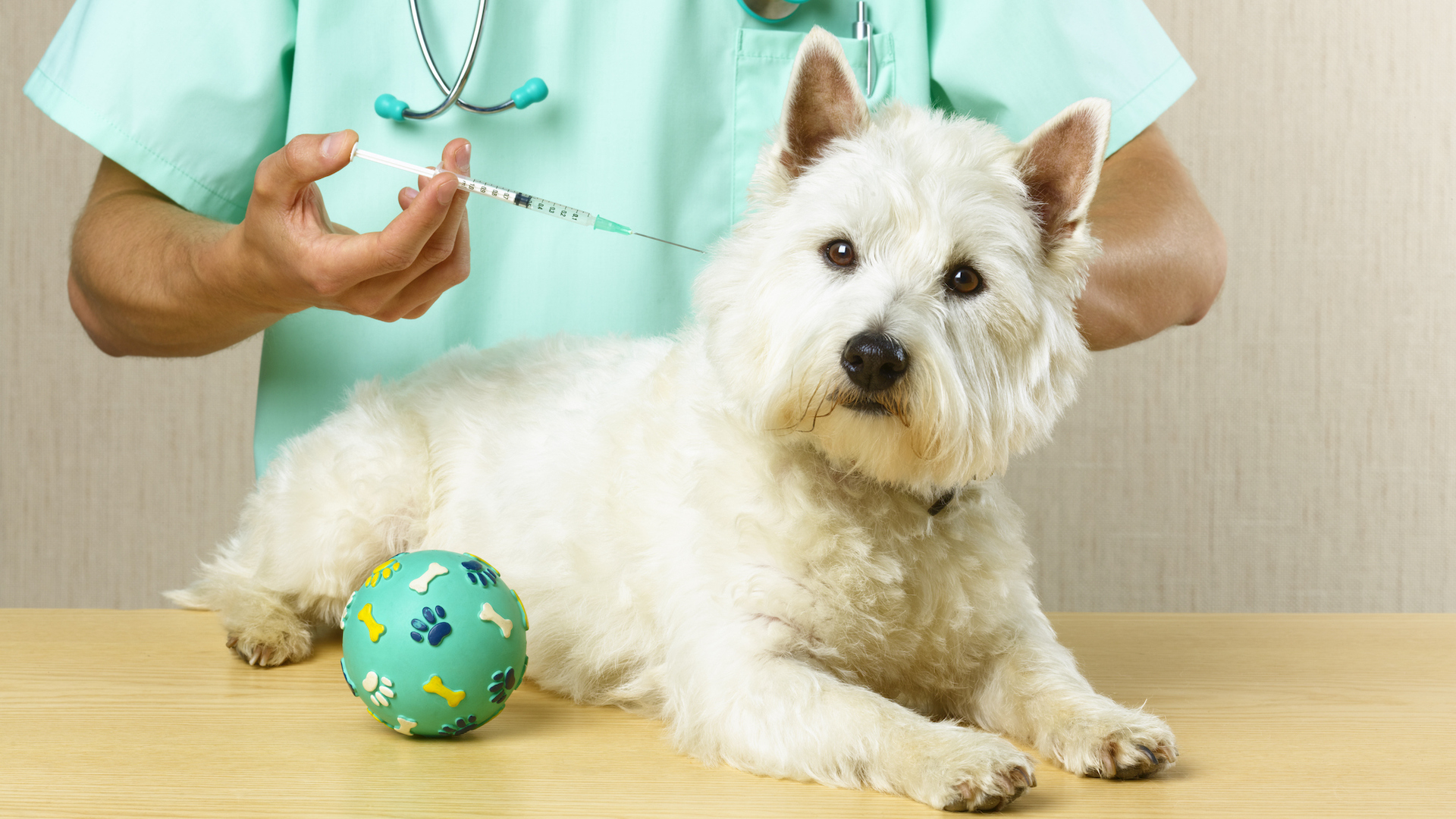
Regular health check-ups, vaccinations, and parasite control will ensure that your dog stays in the best possible physical health, that you nip any problems in the bud, and prevent him from getting preventable illnesses, conditions, and irritating infections or infestations, which will cause him discomfort and distress.
32. Be understanding
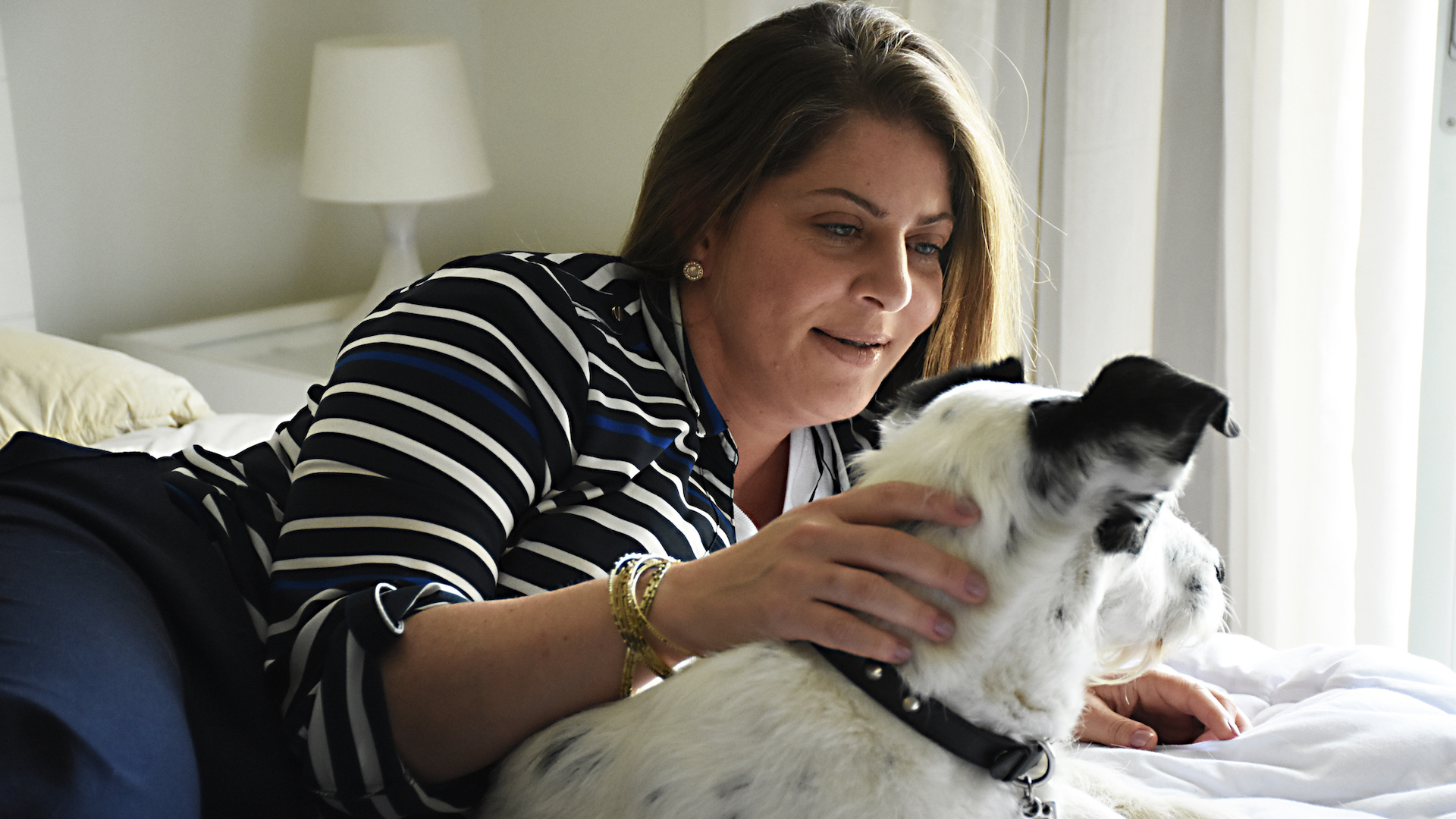
Spend time observing your dog, so that you learn to recognize your dog’s unique needs, emotions, and behaviors. This should enable you to tell instantly if he is feeling poorly, stressed or there is something wrong.
It’s crucial that you also bear in mind his past experiences and his individual personality because that will help you to predict what he might find stressful so that you can react and provide appropriate support. This is key to building an empathetic relationship.







